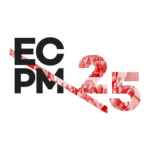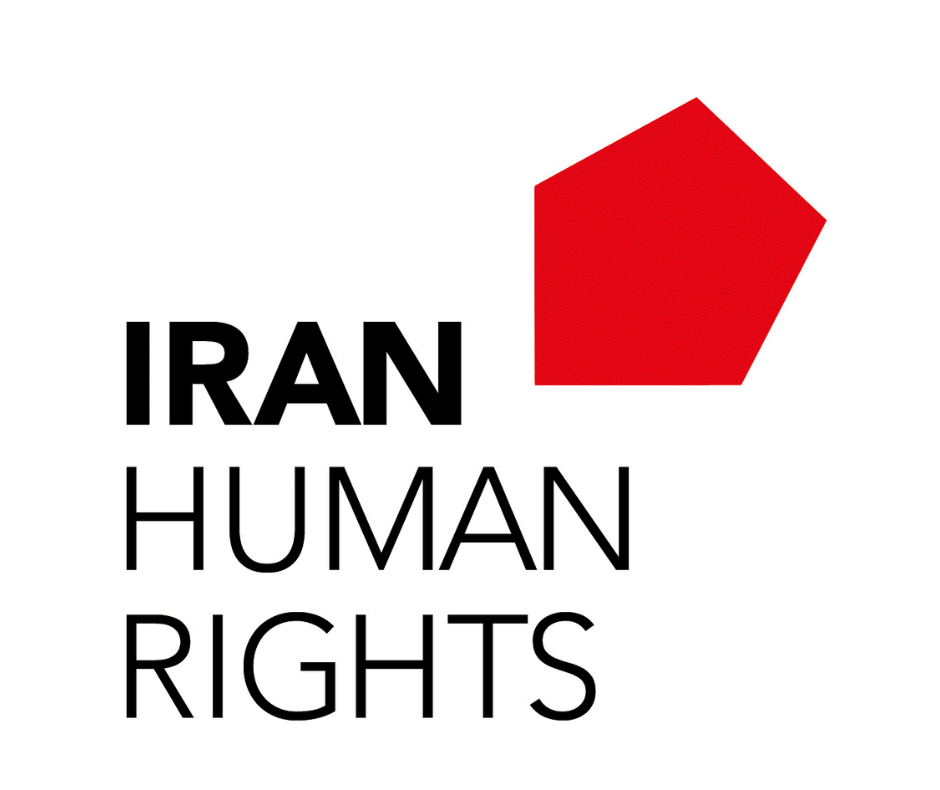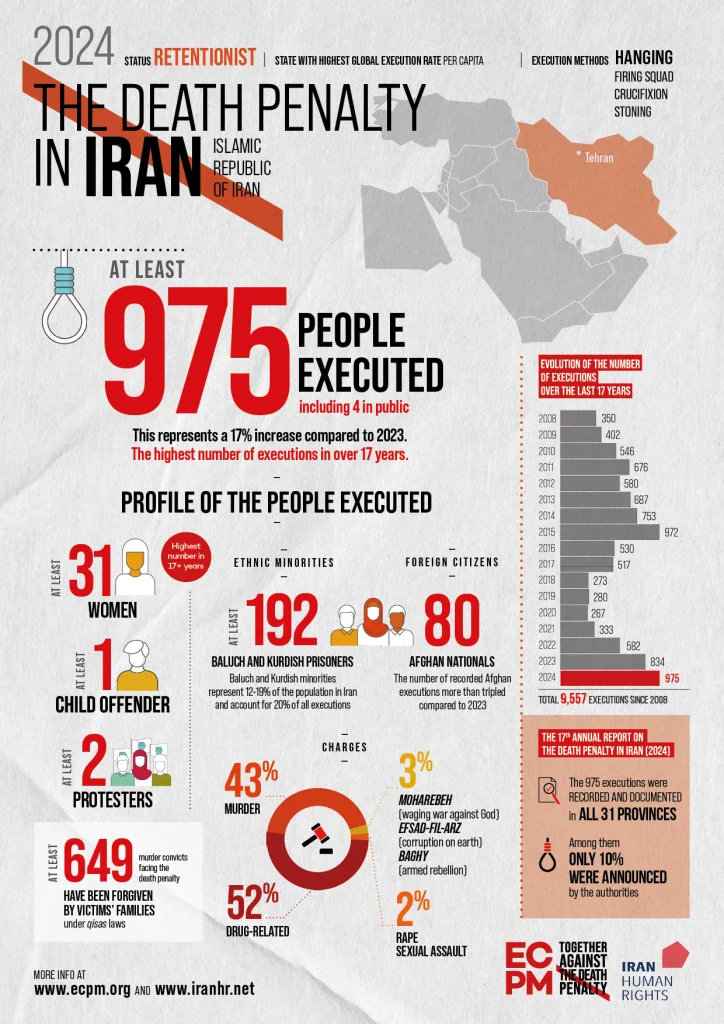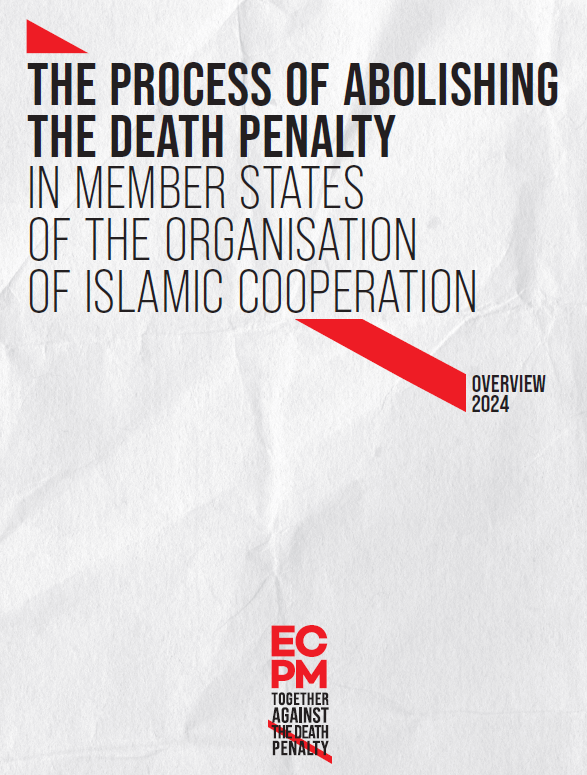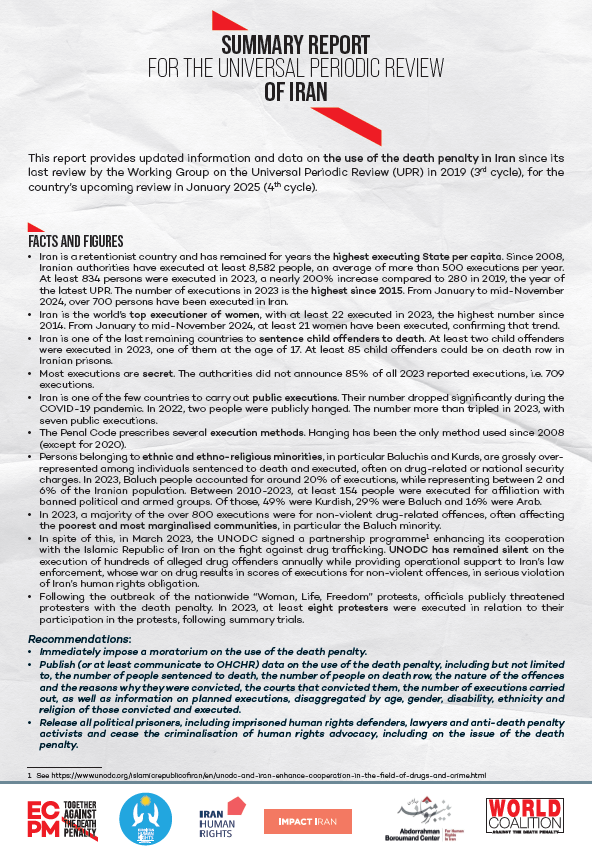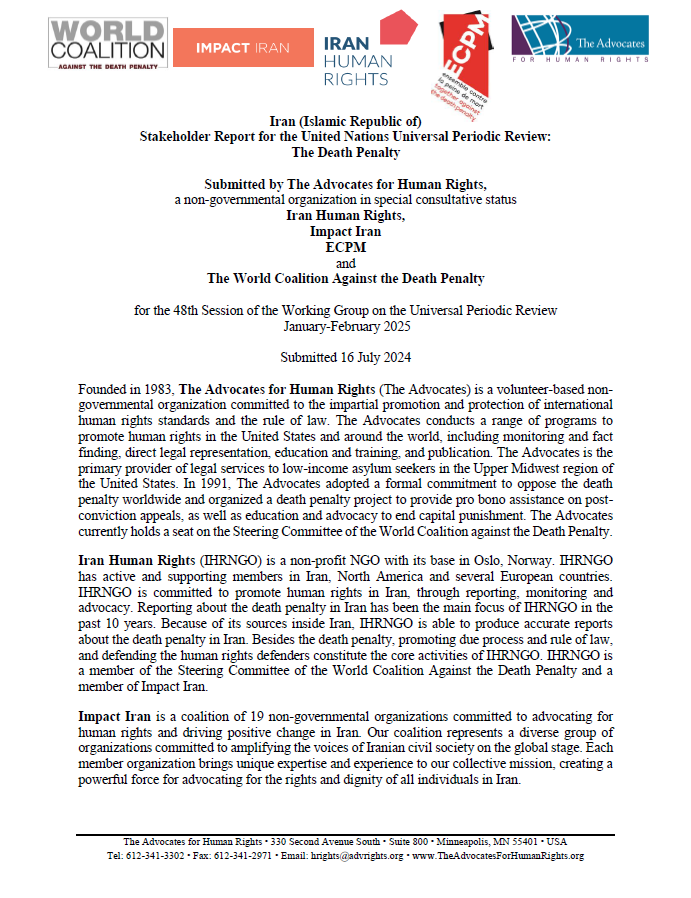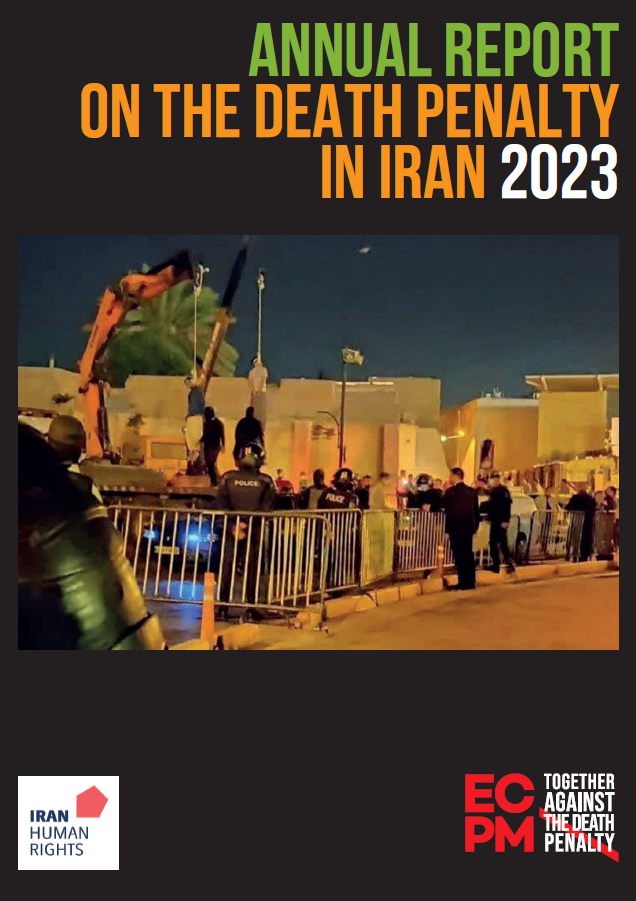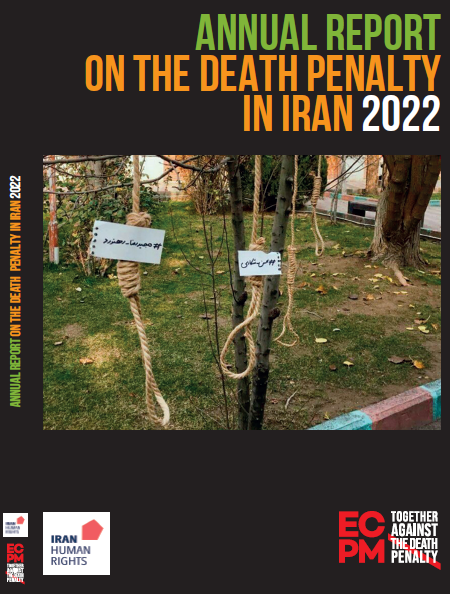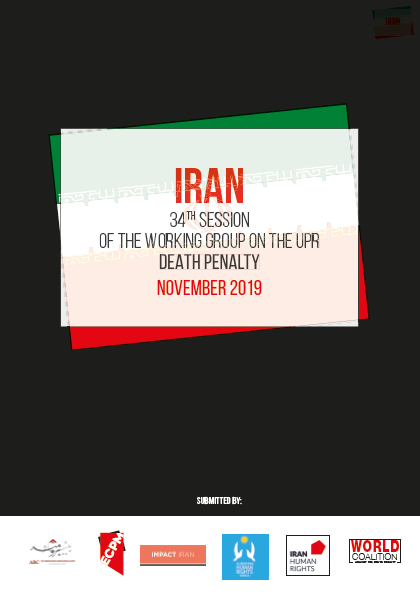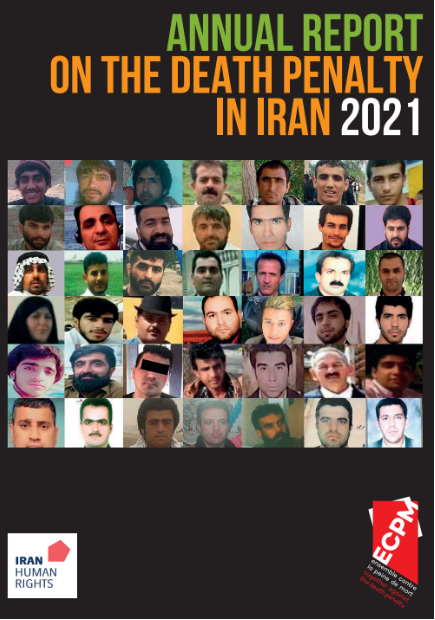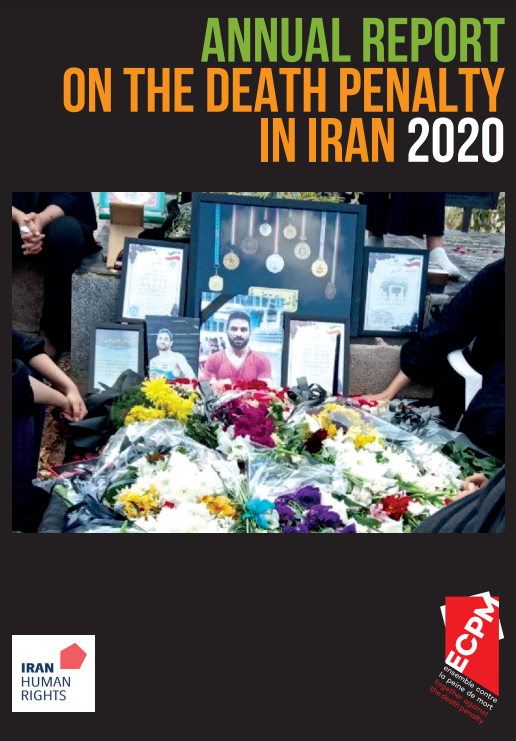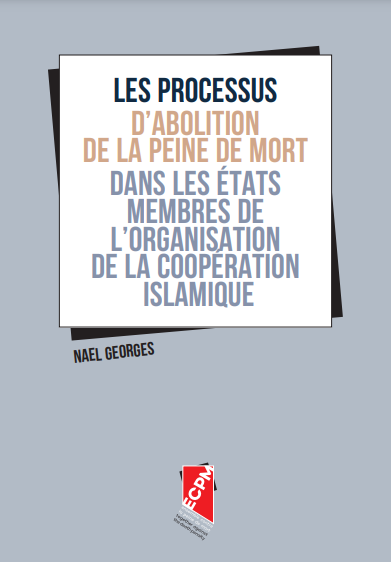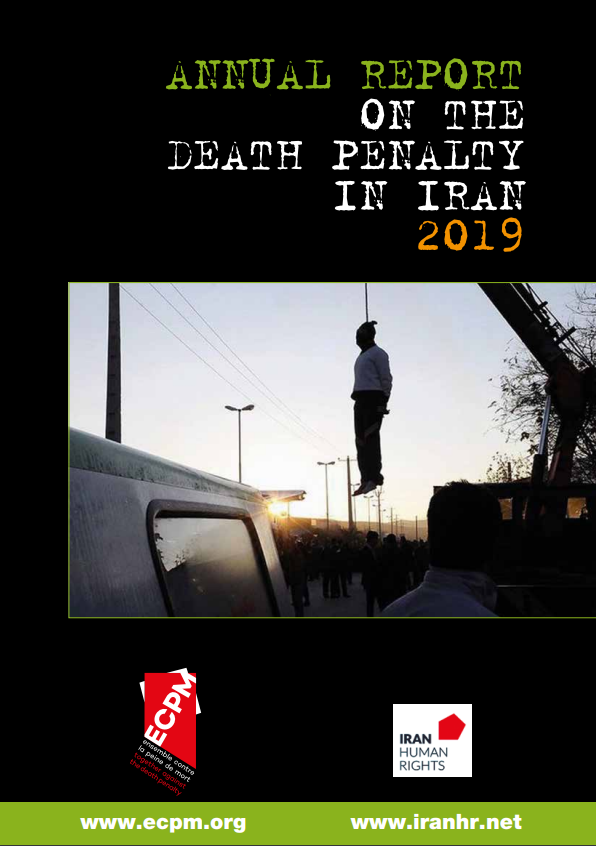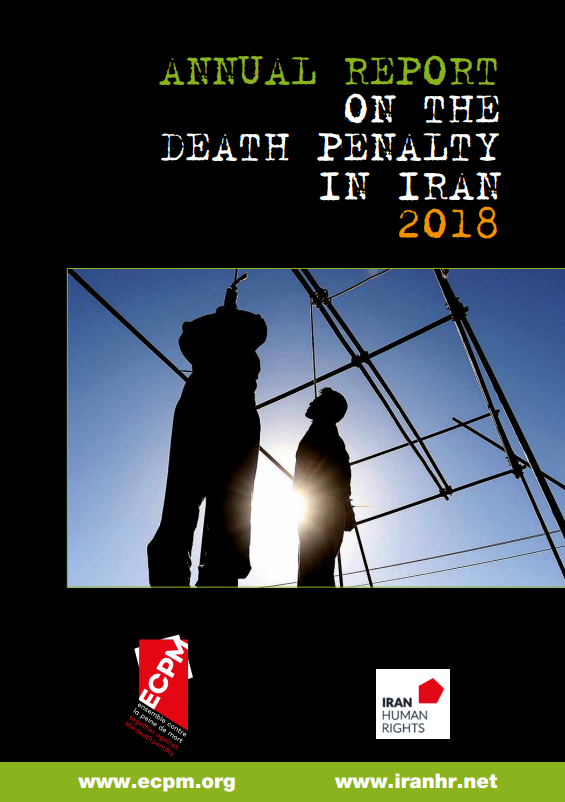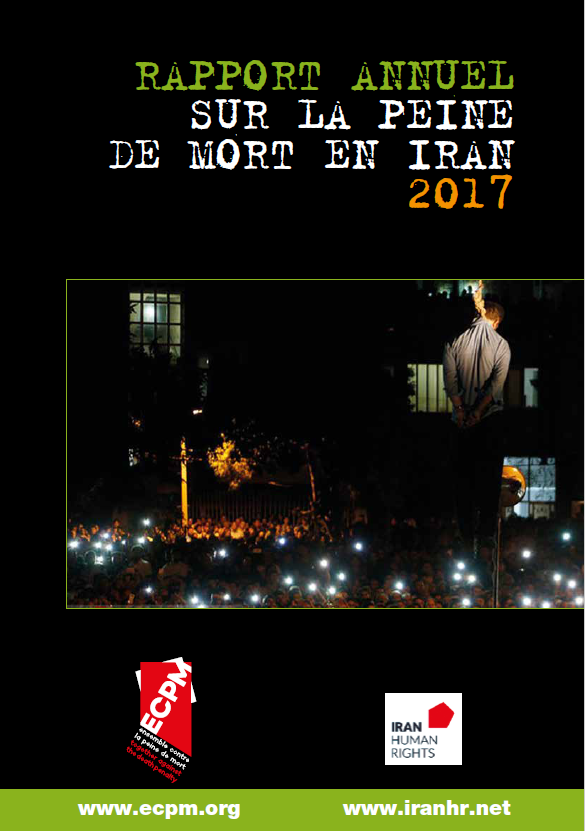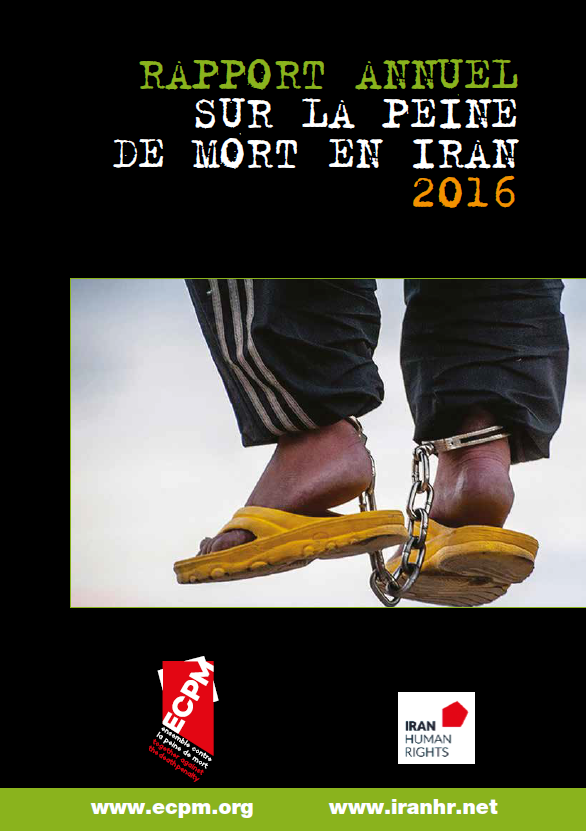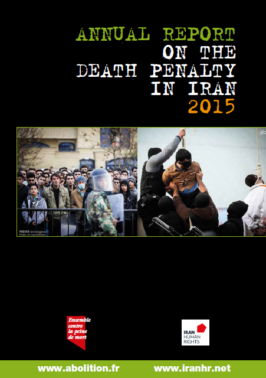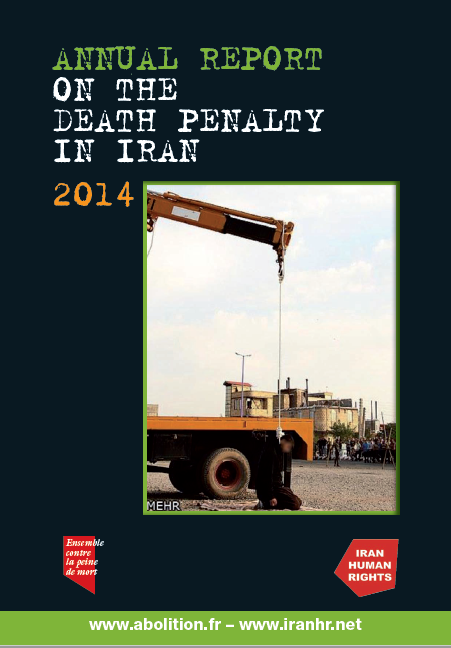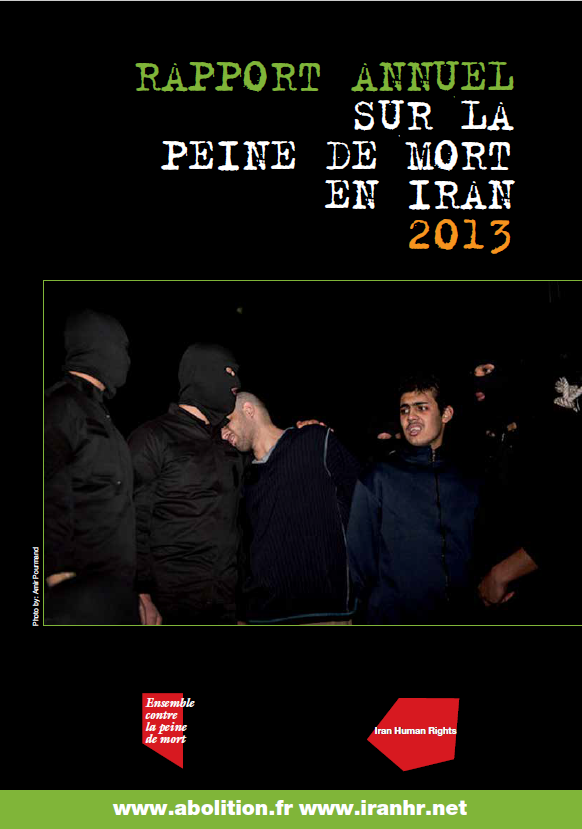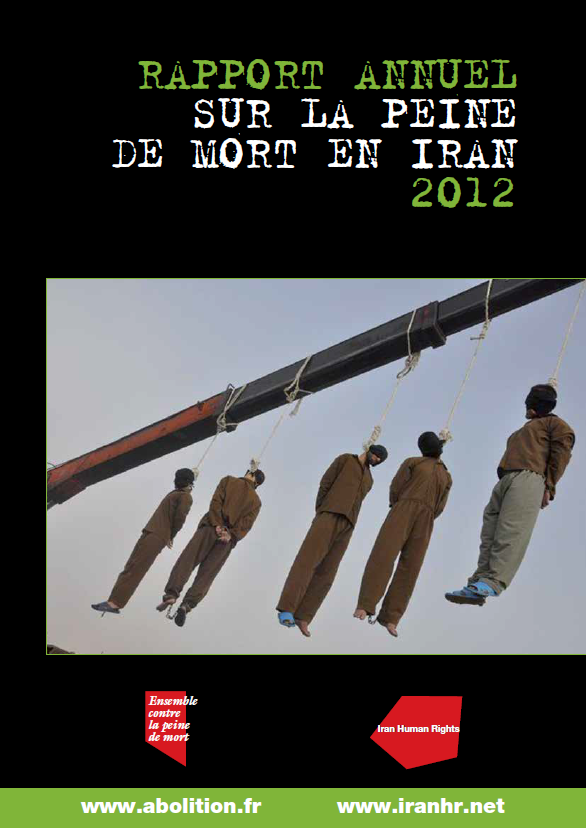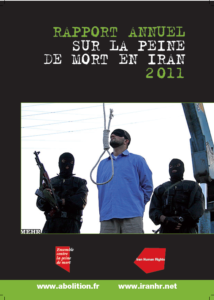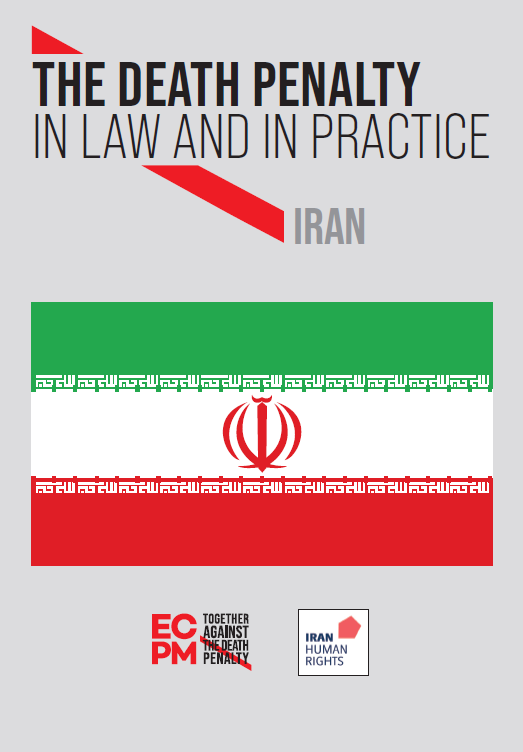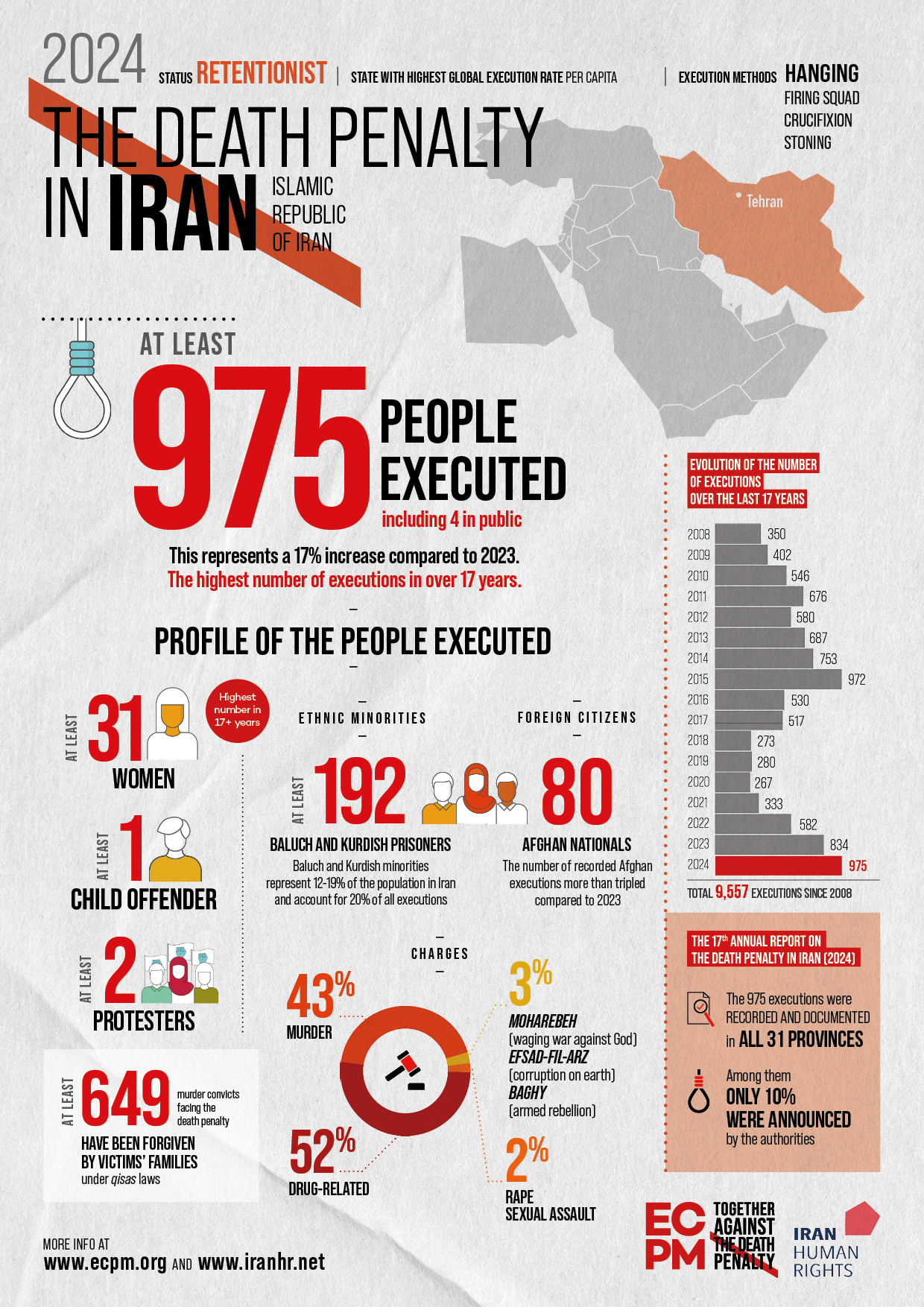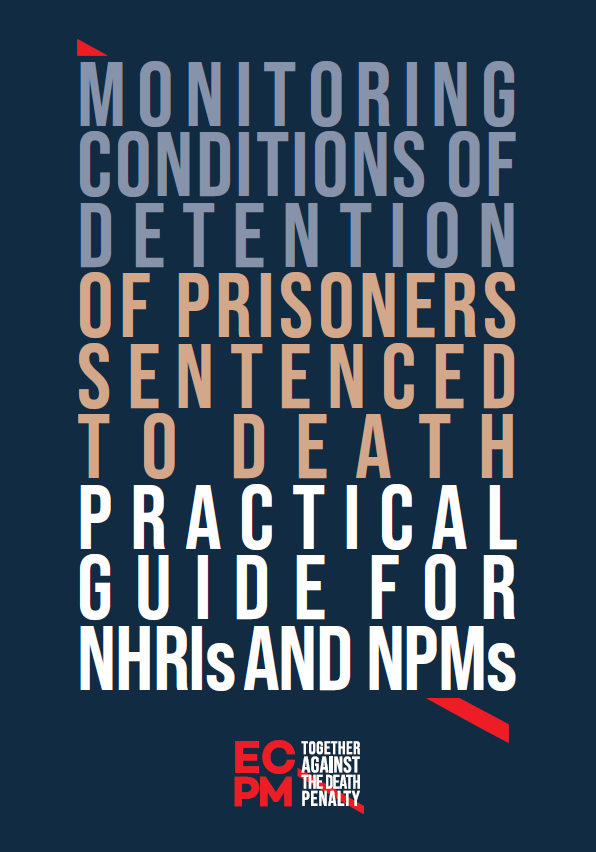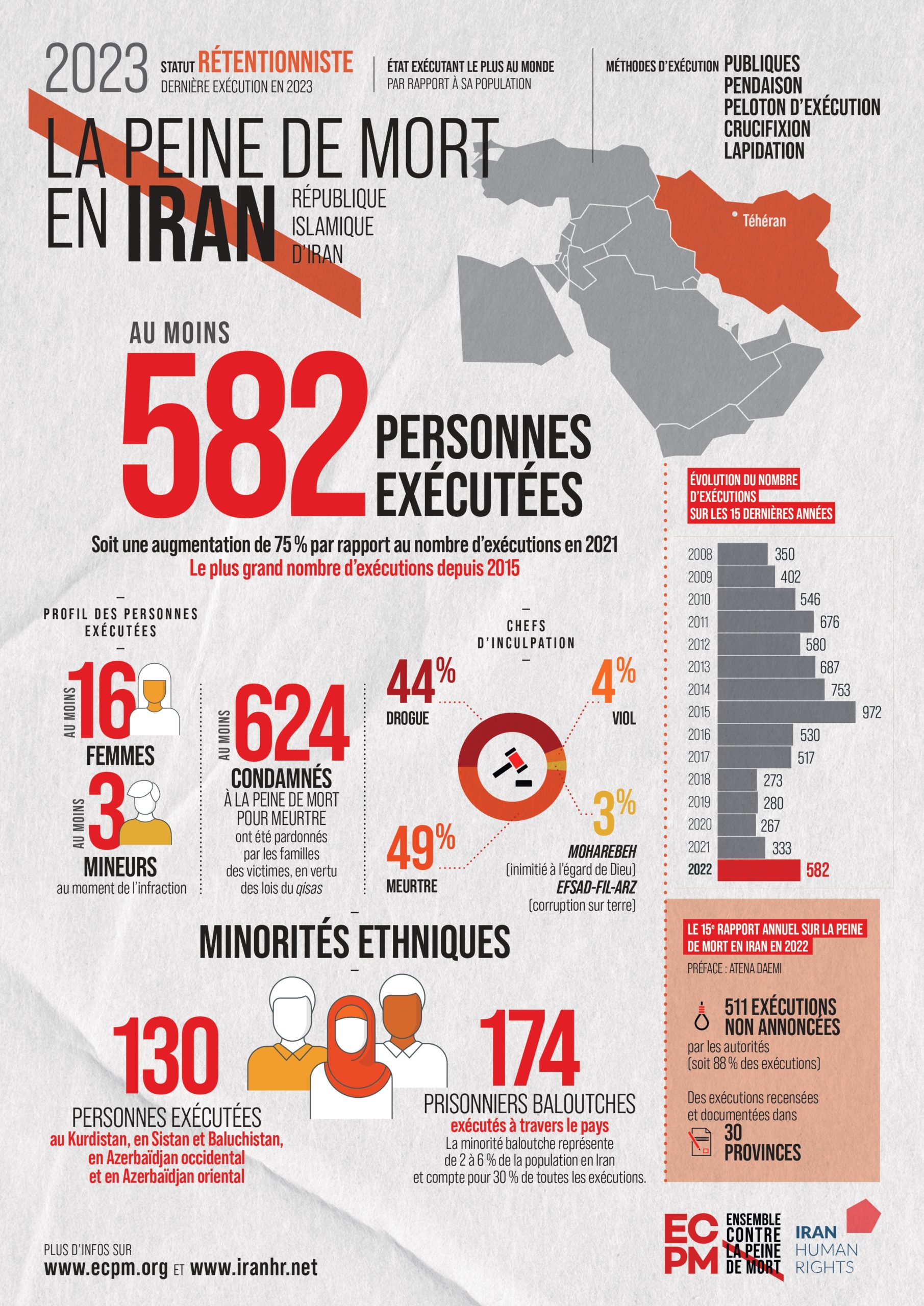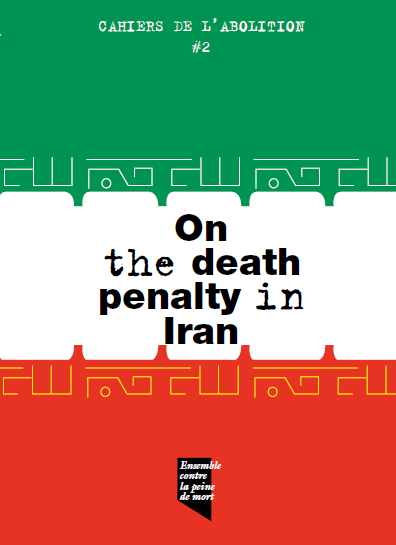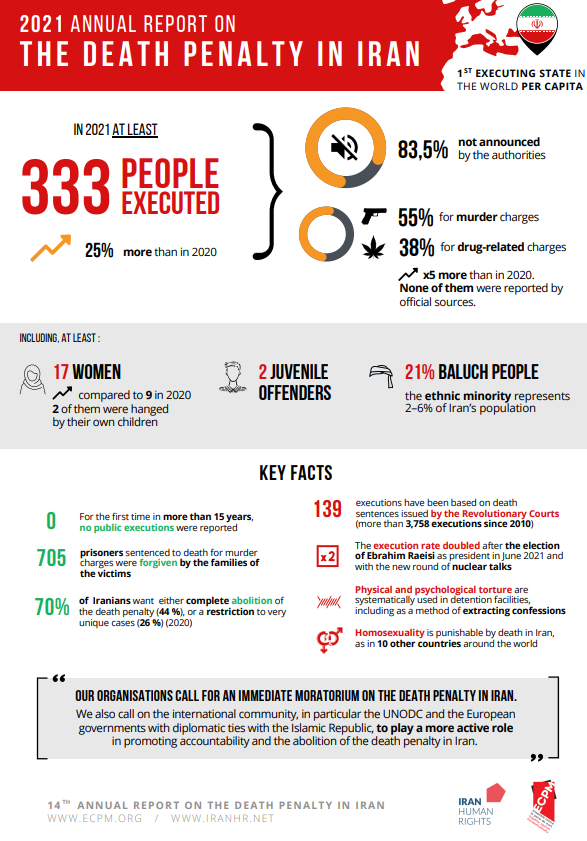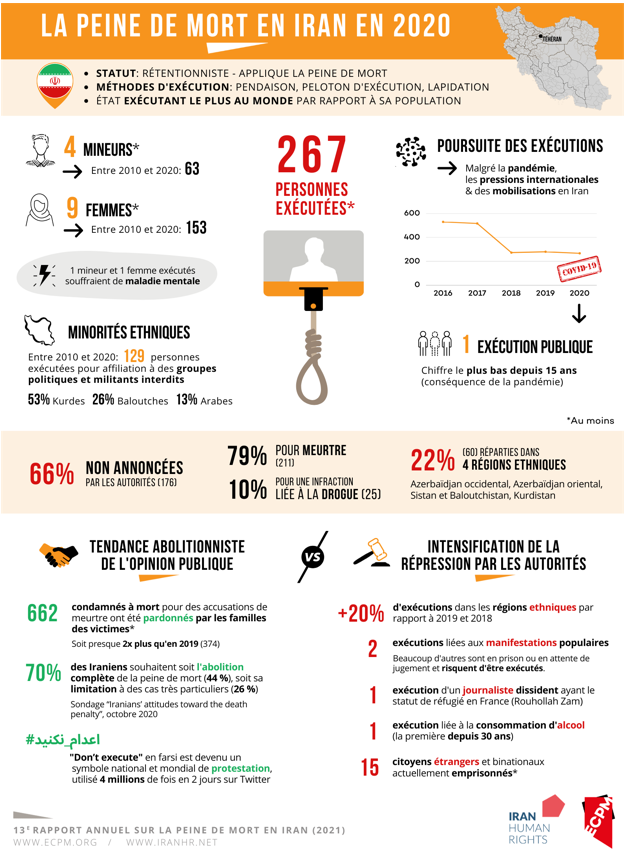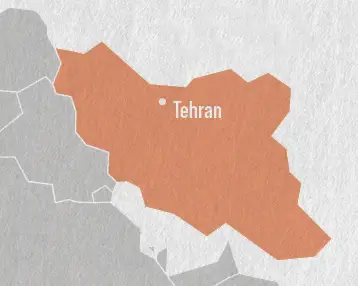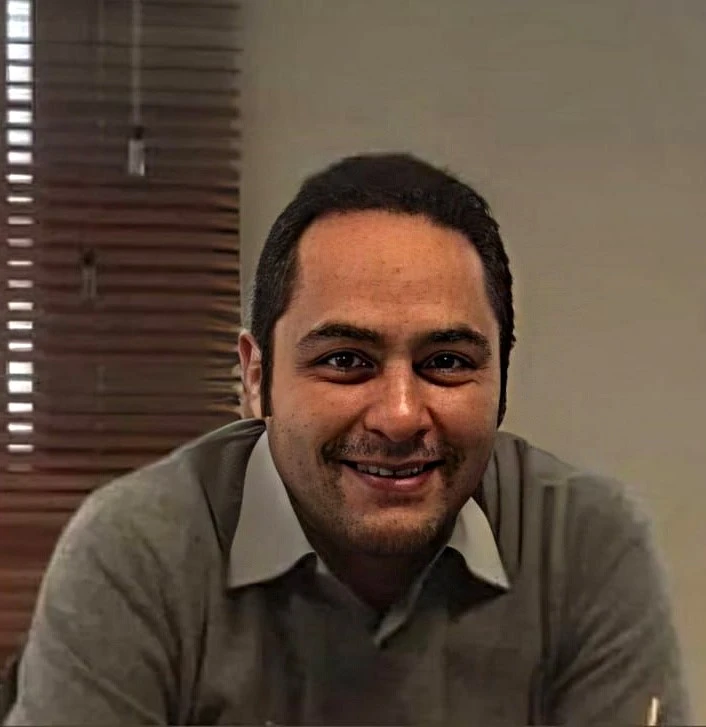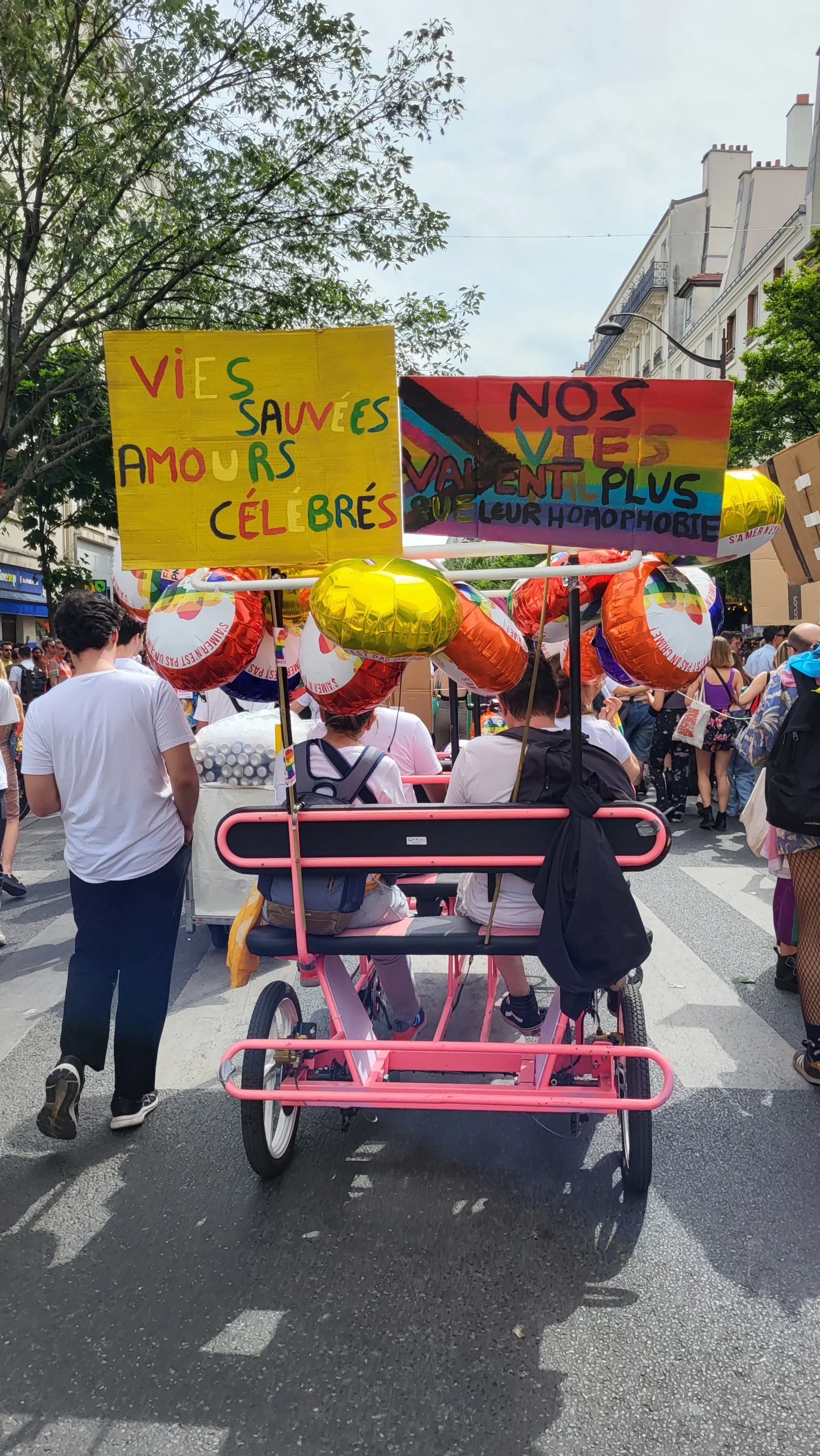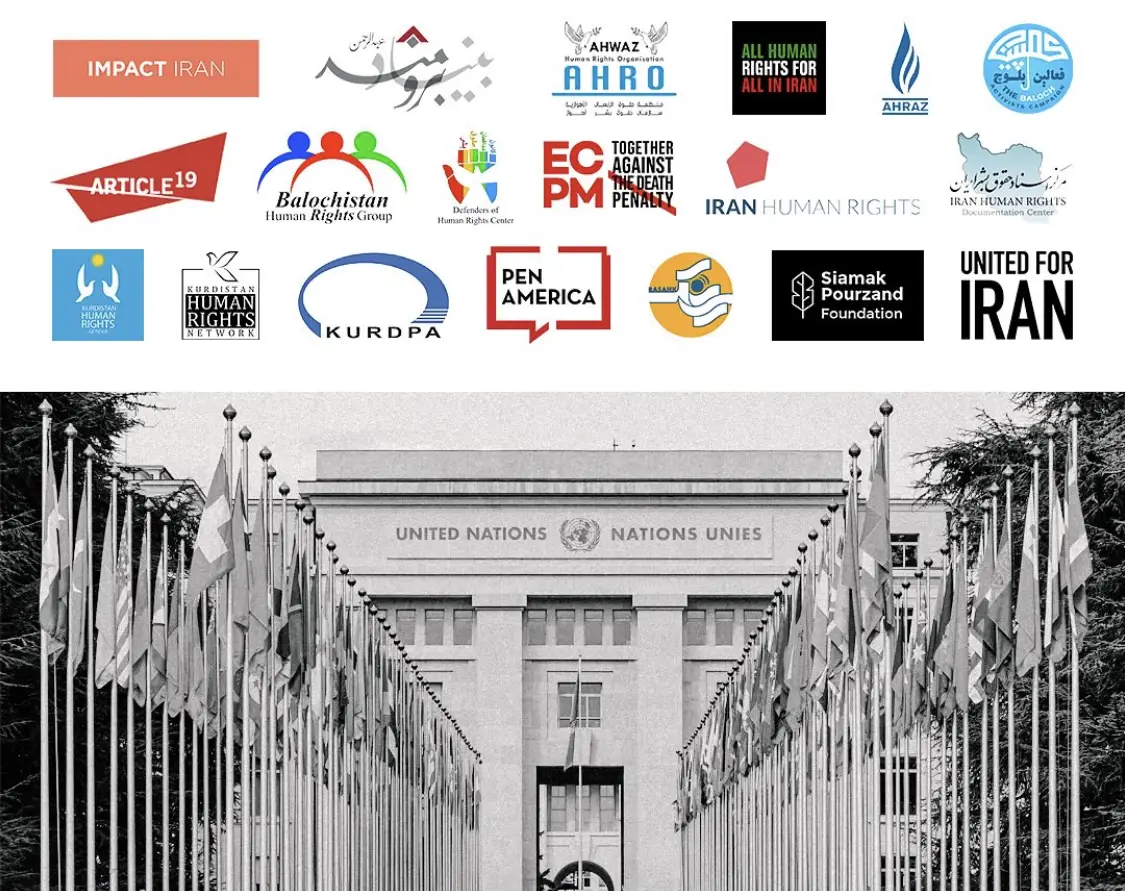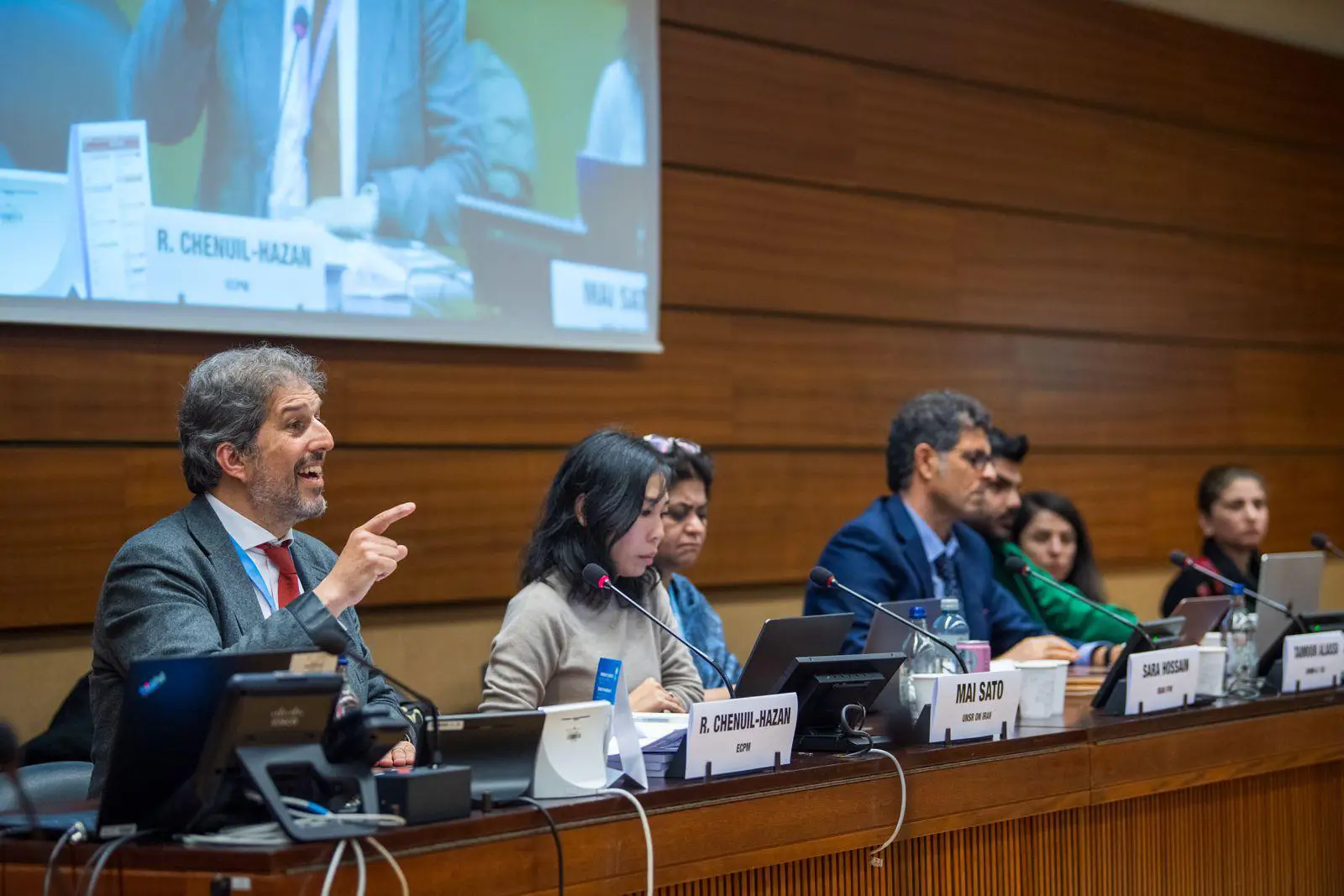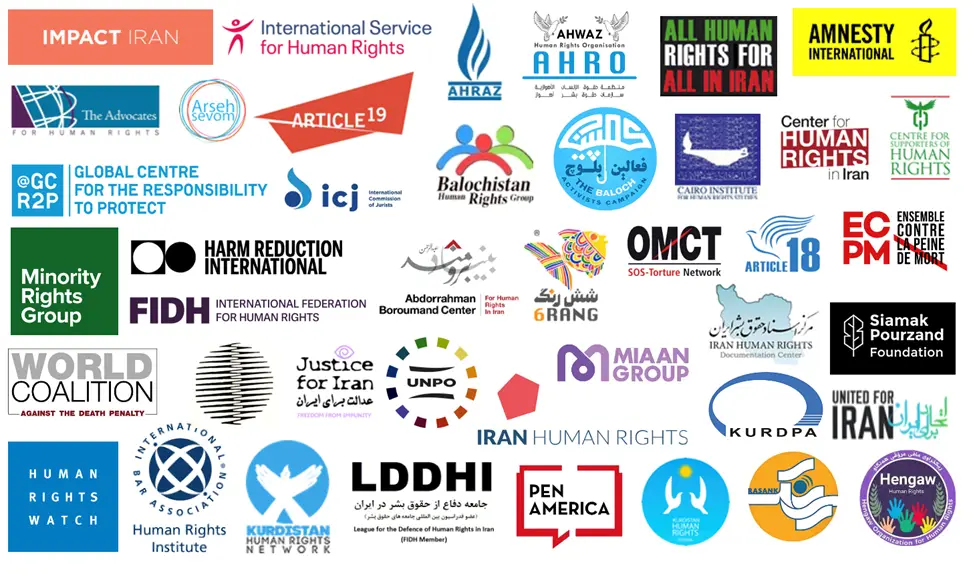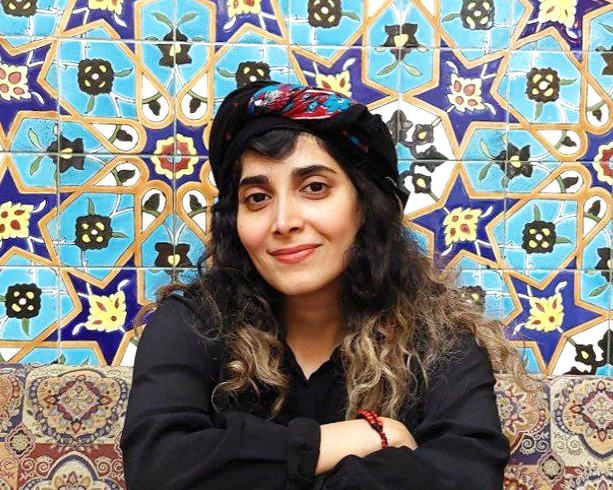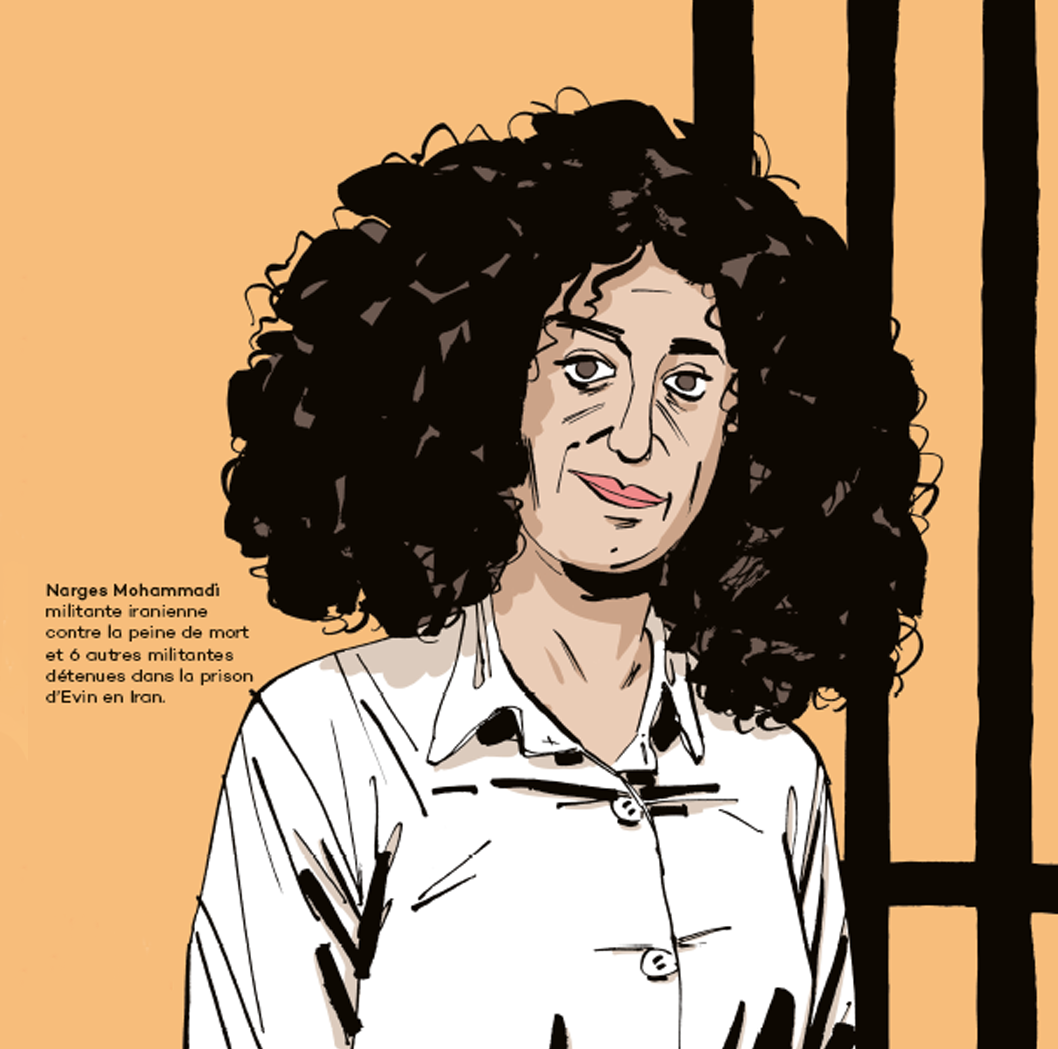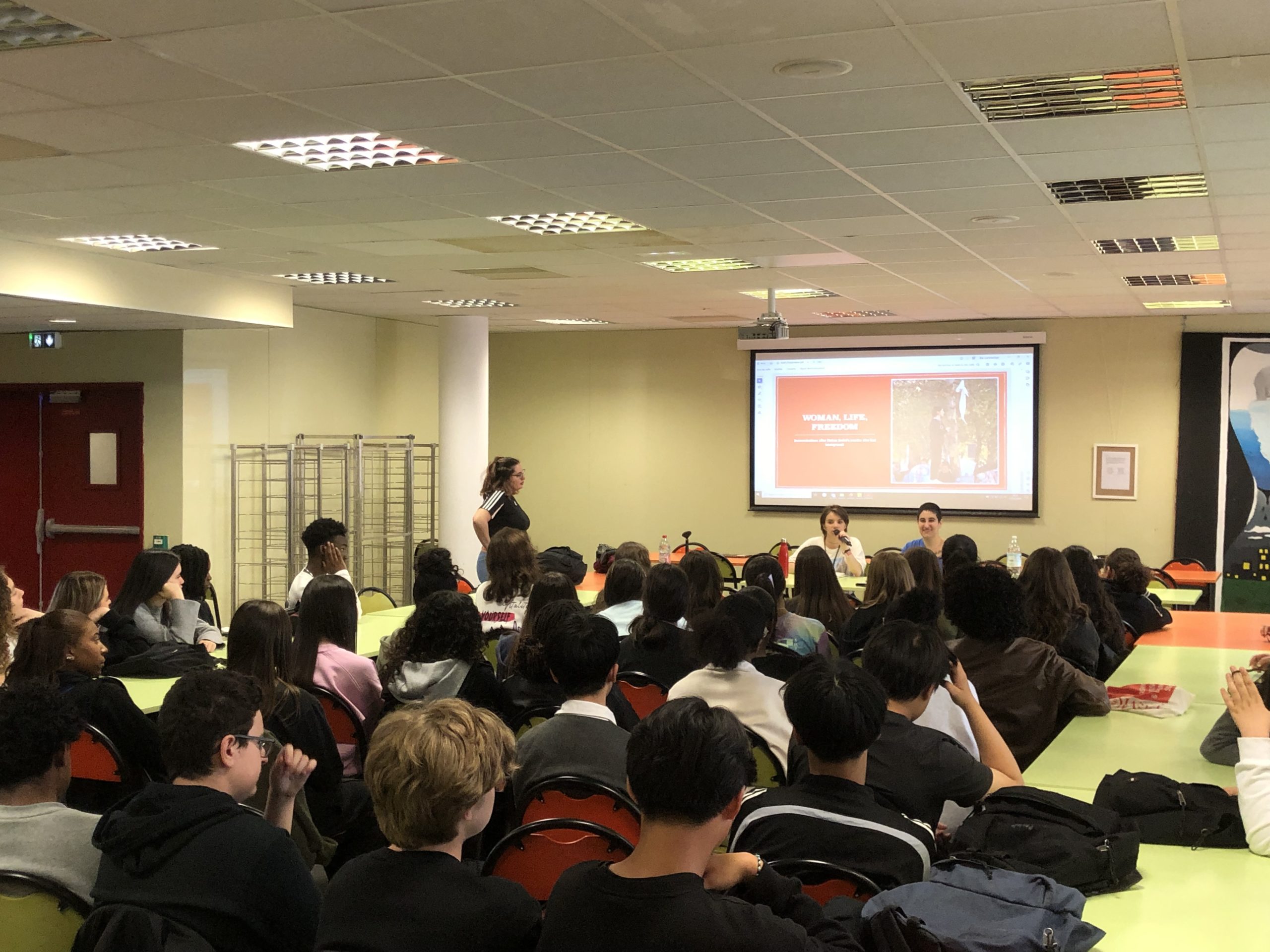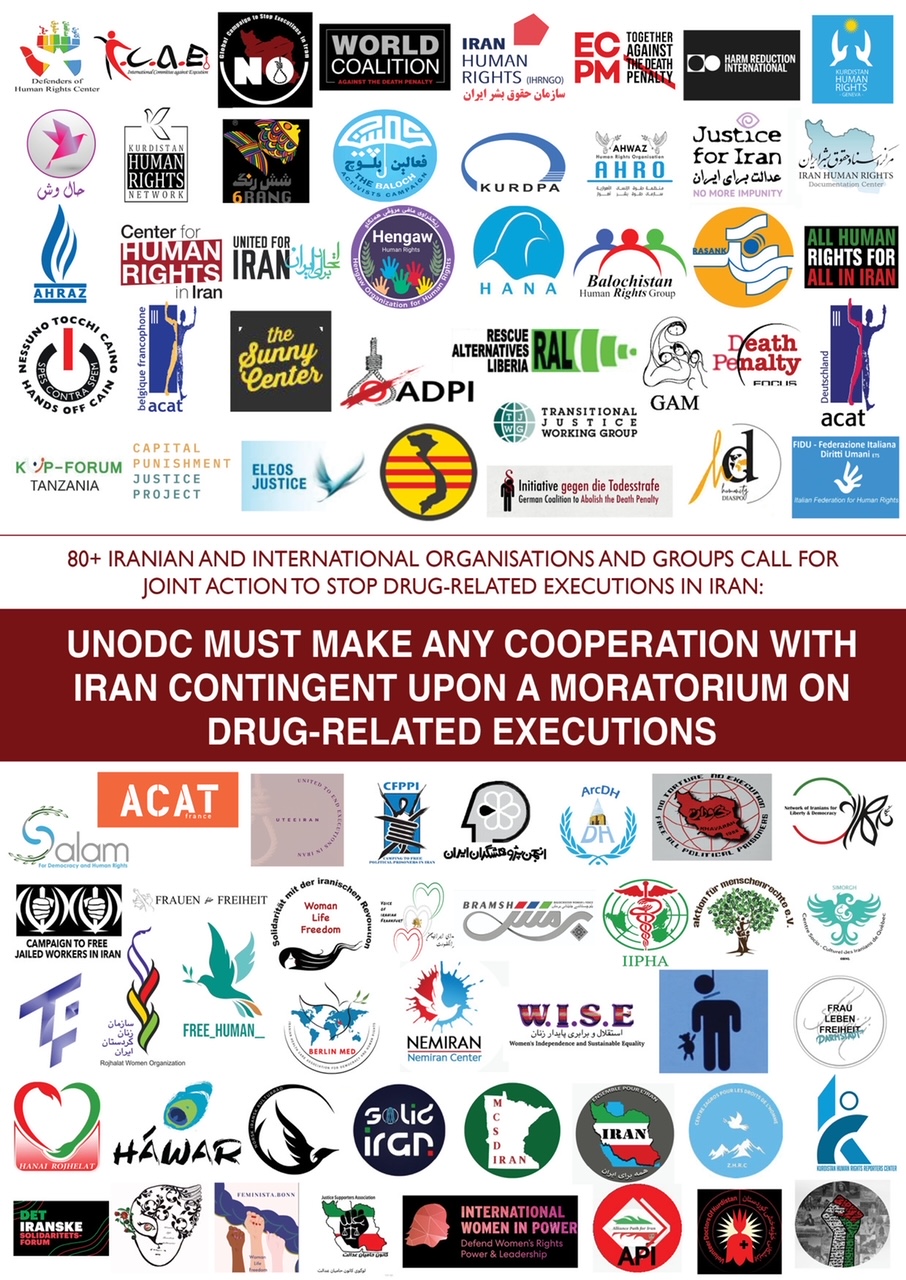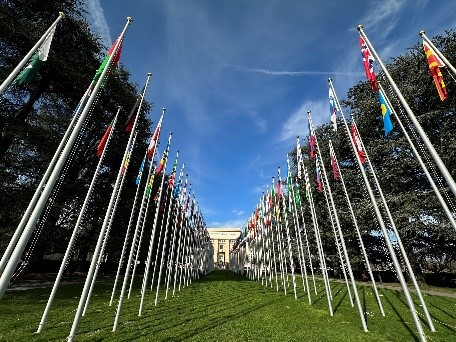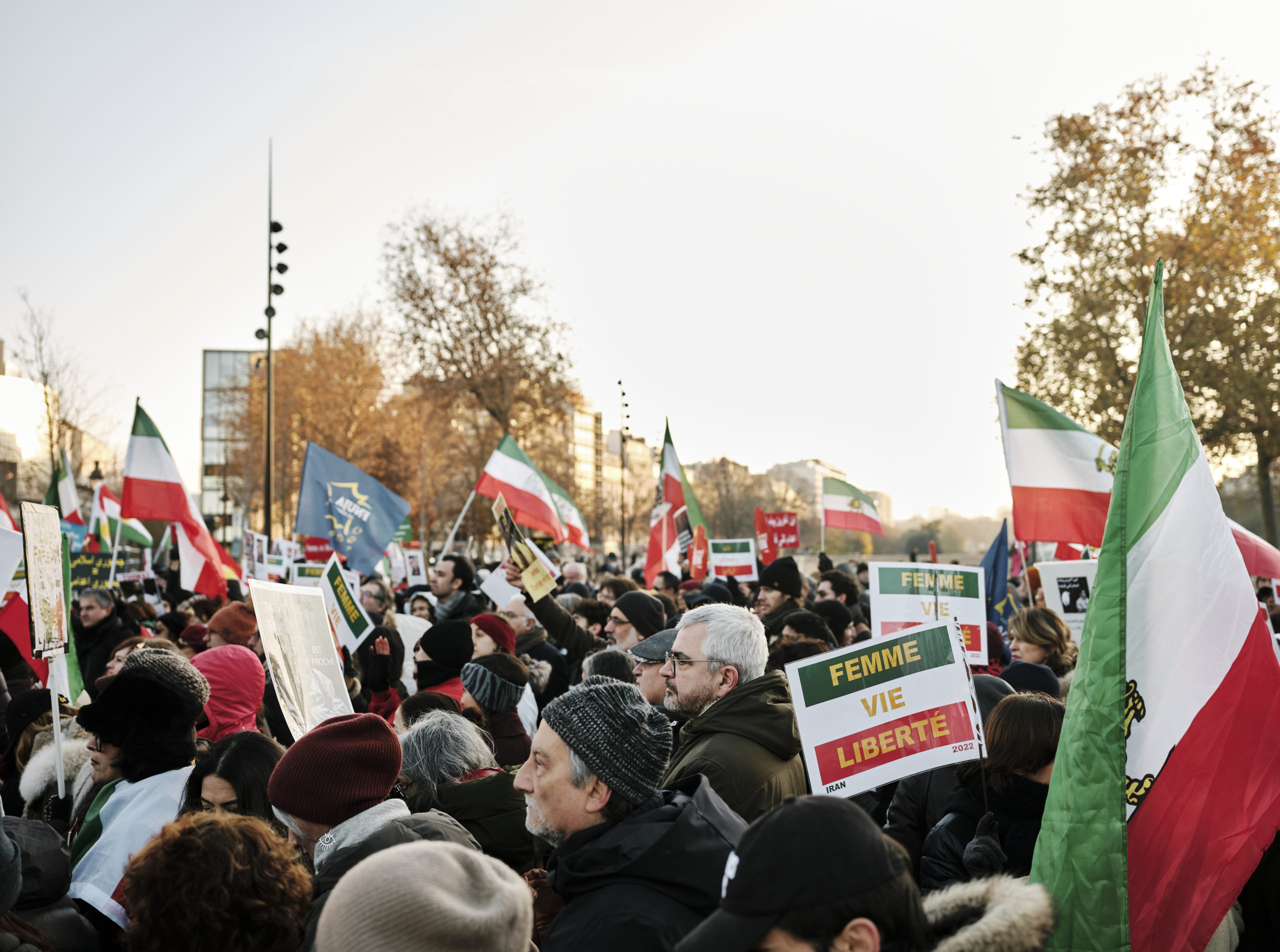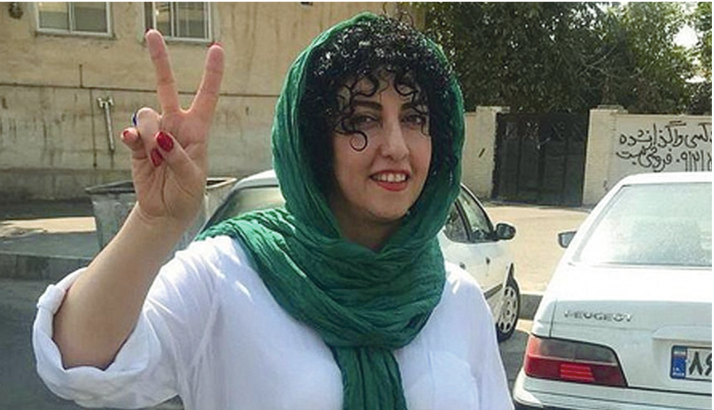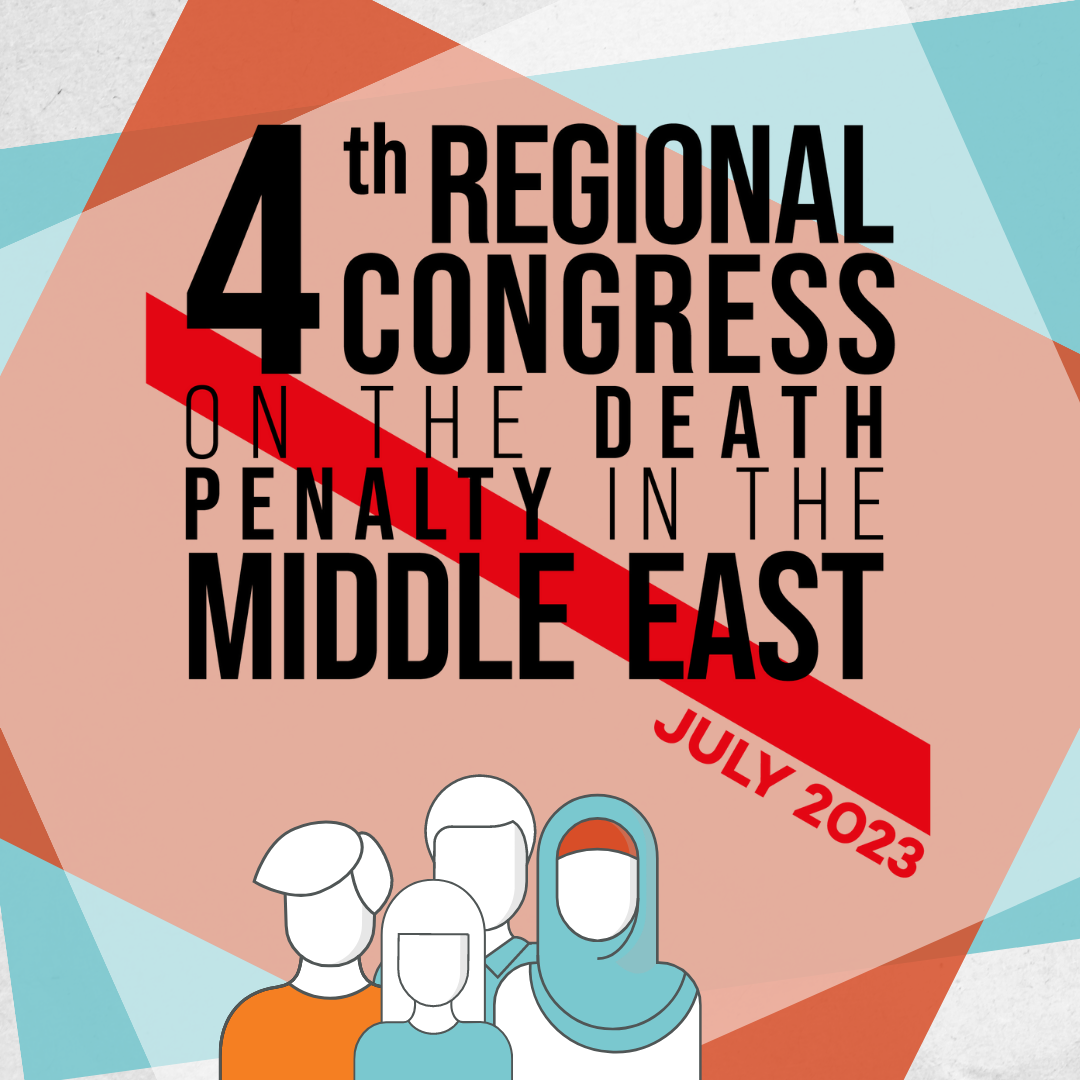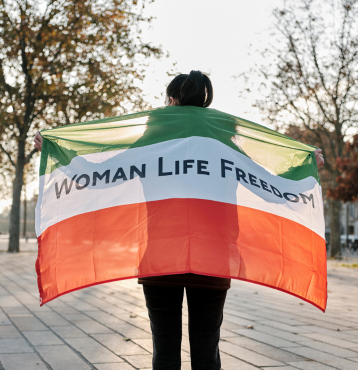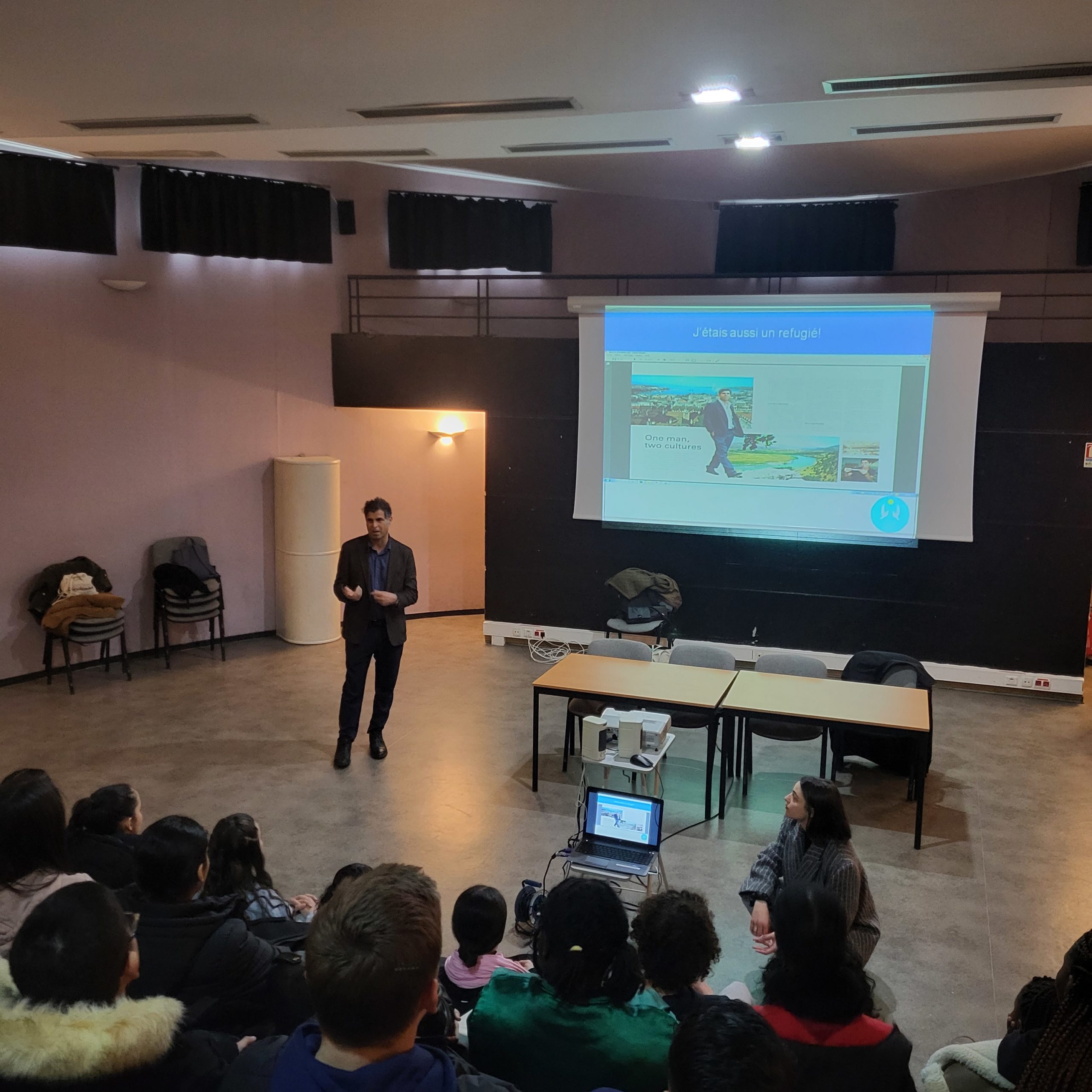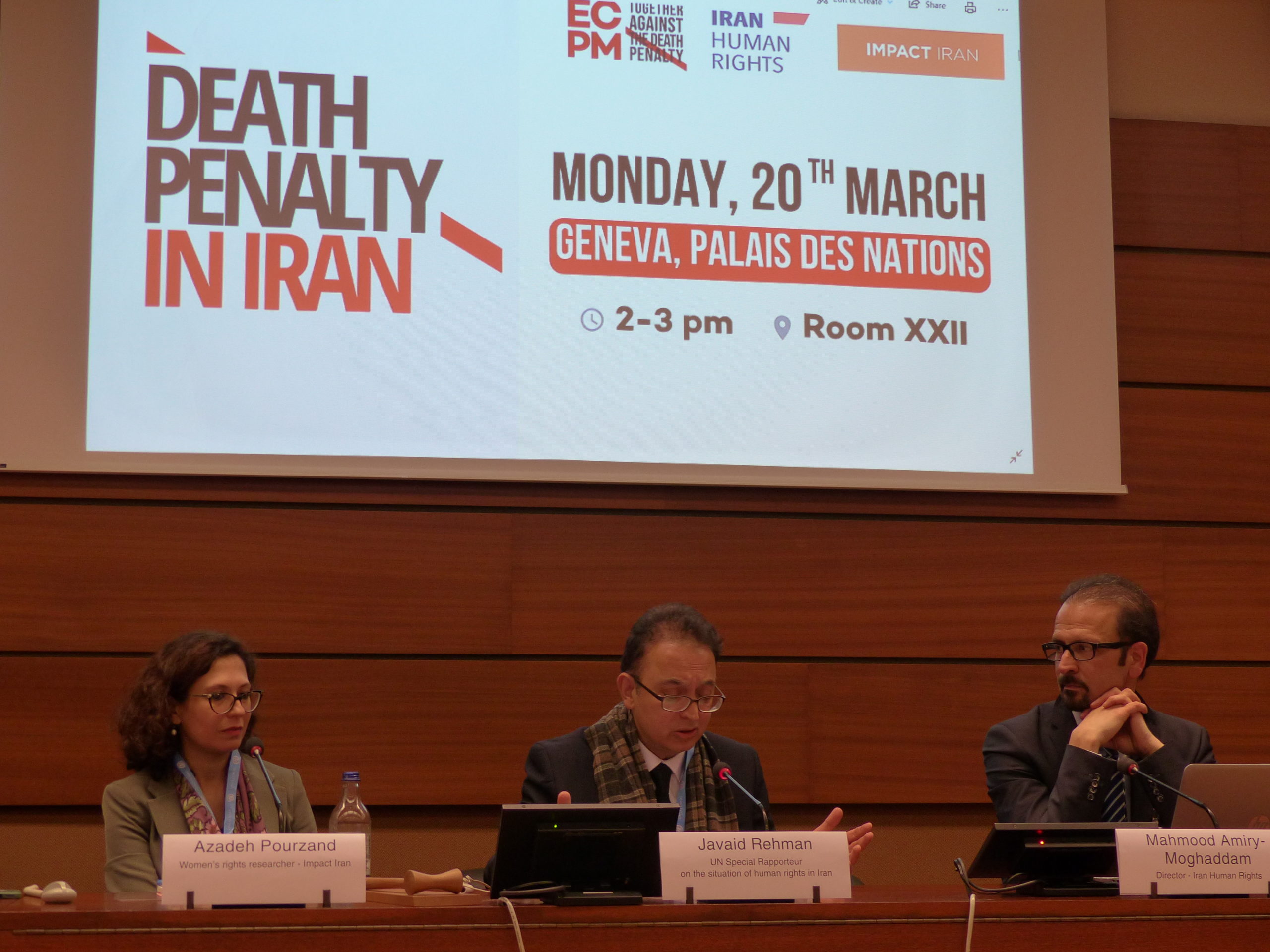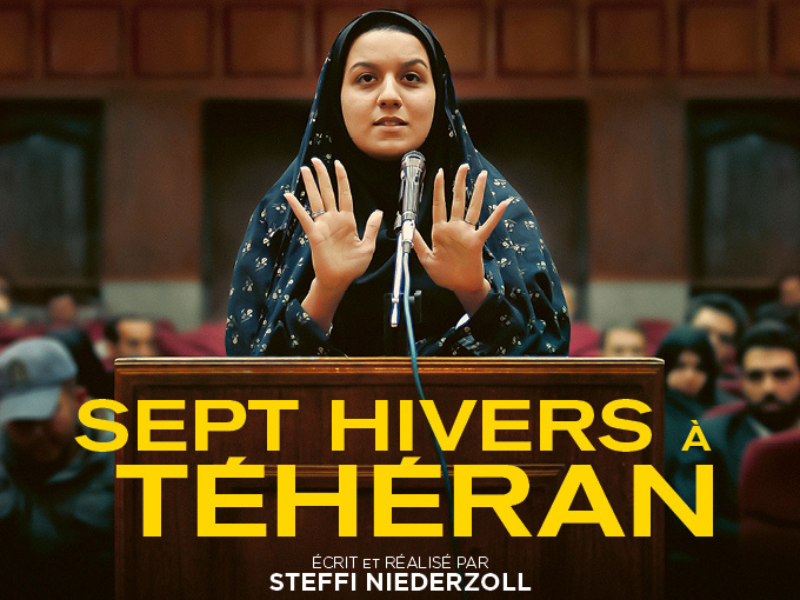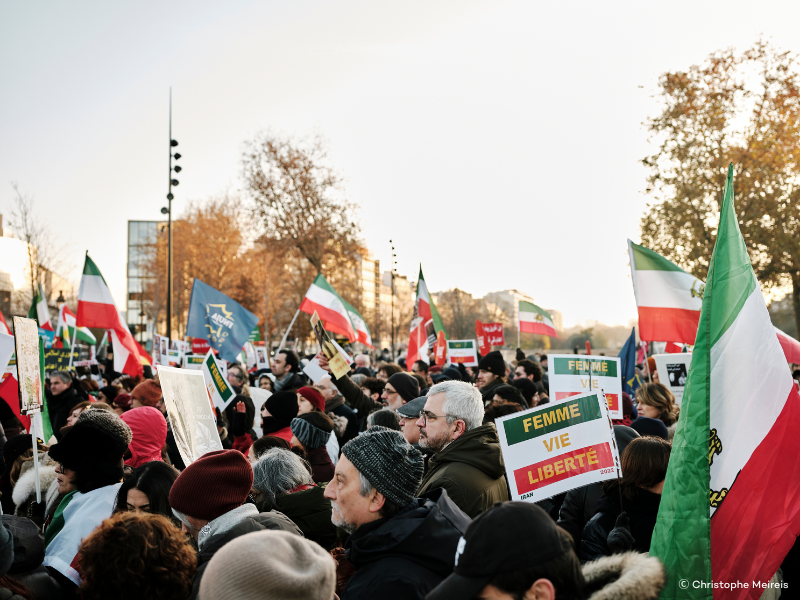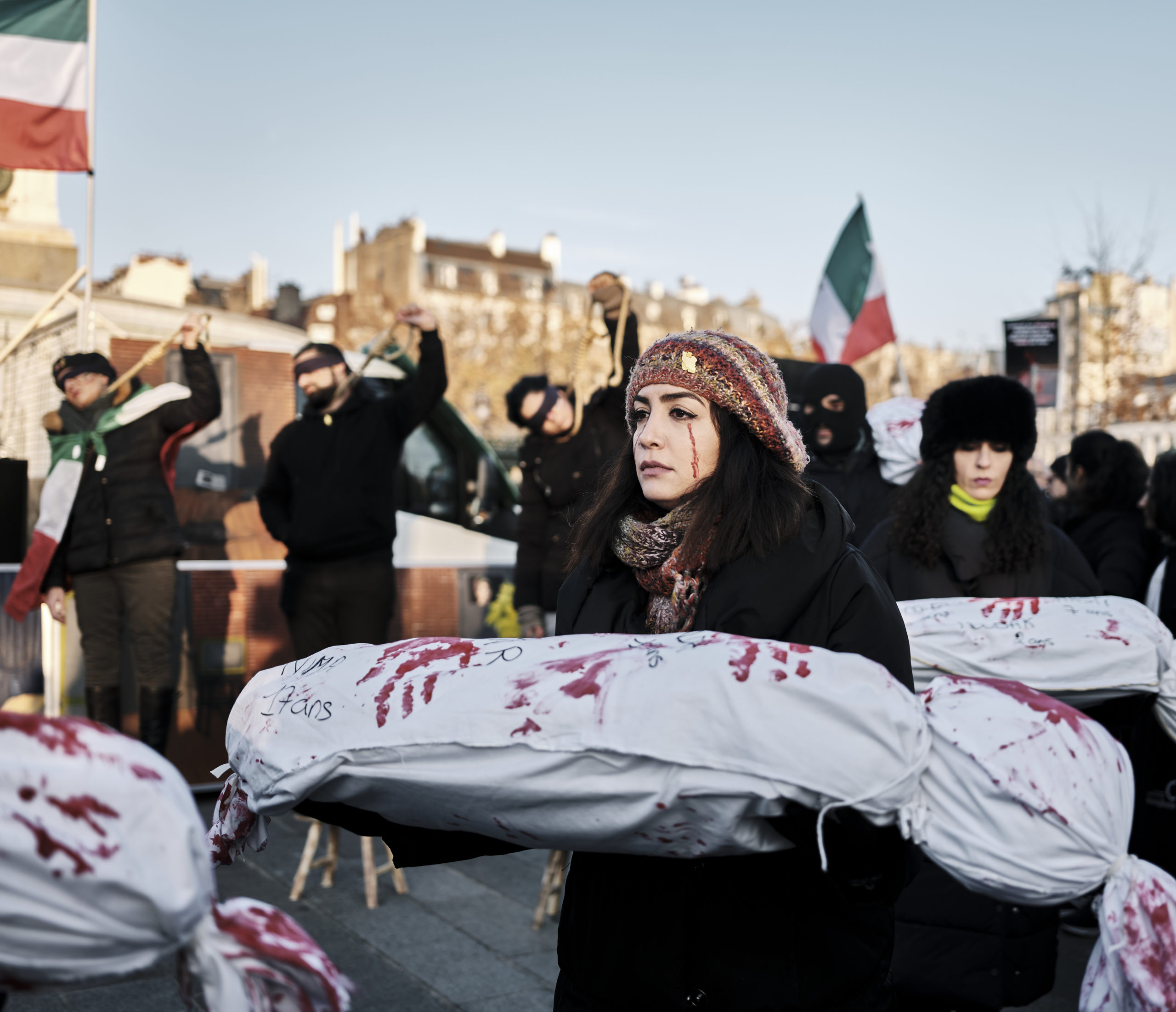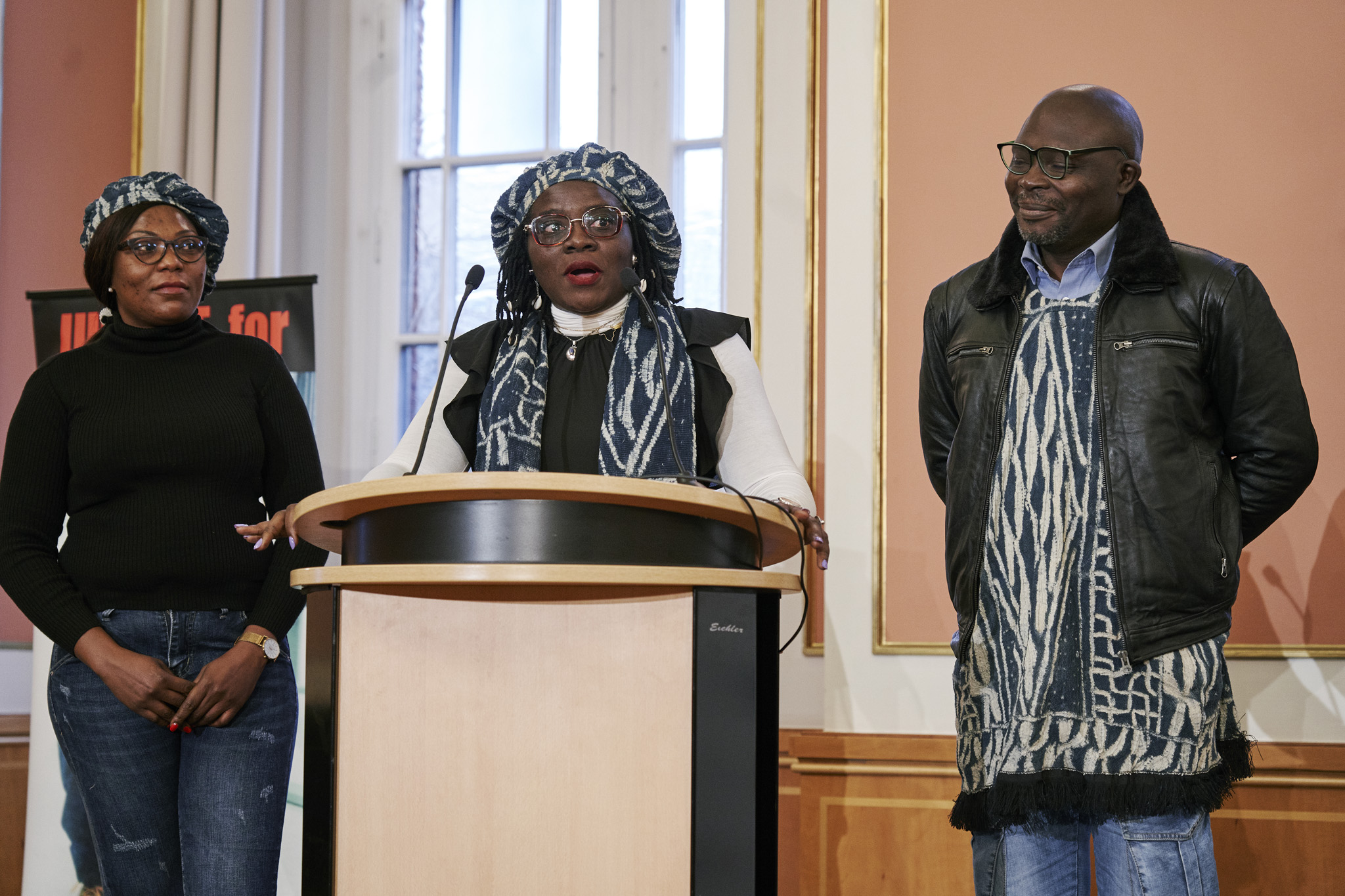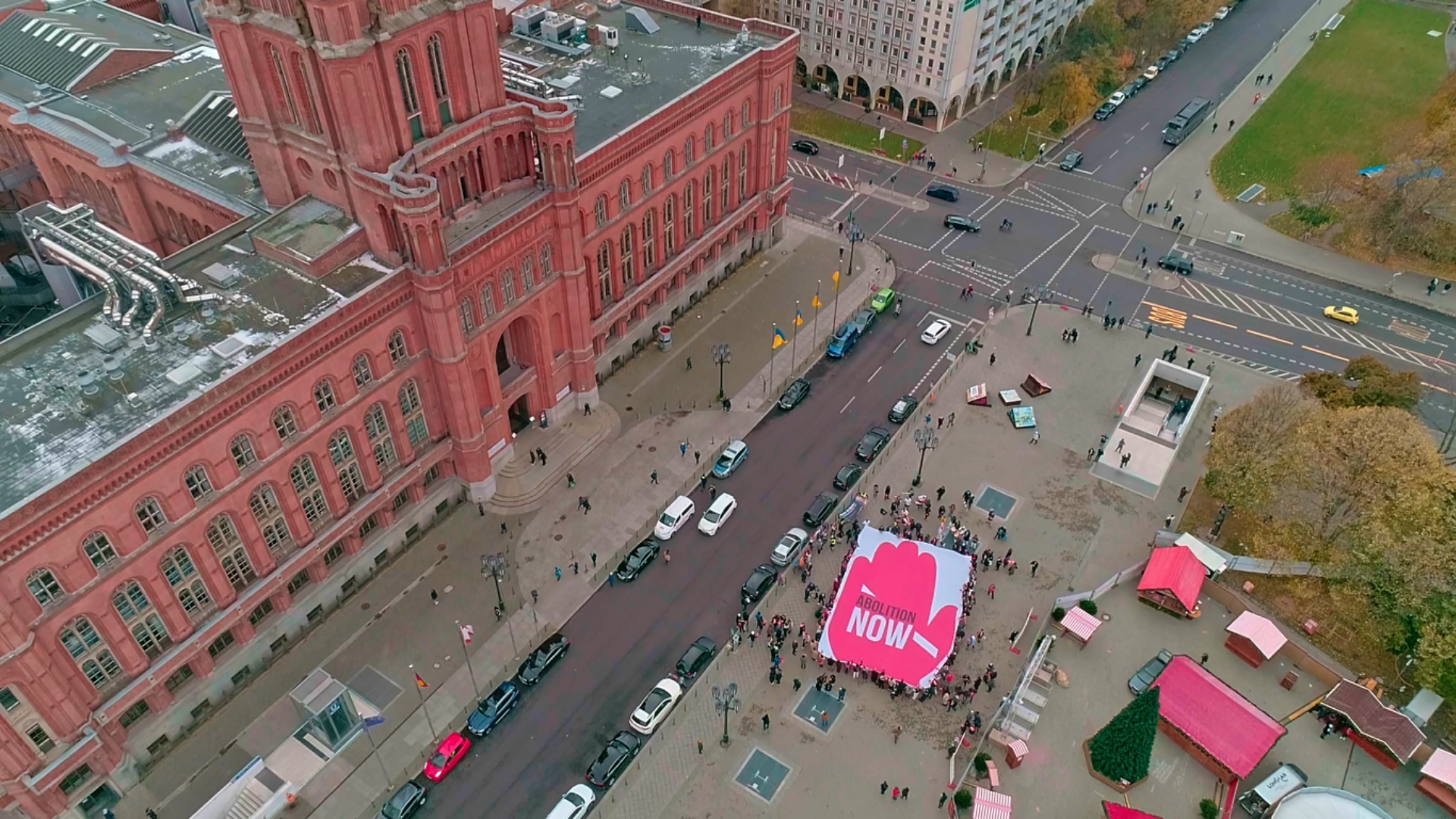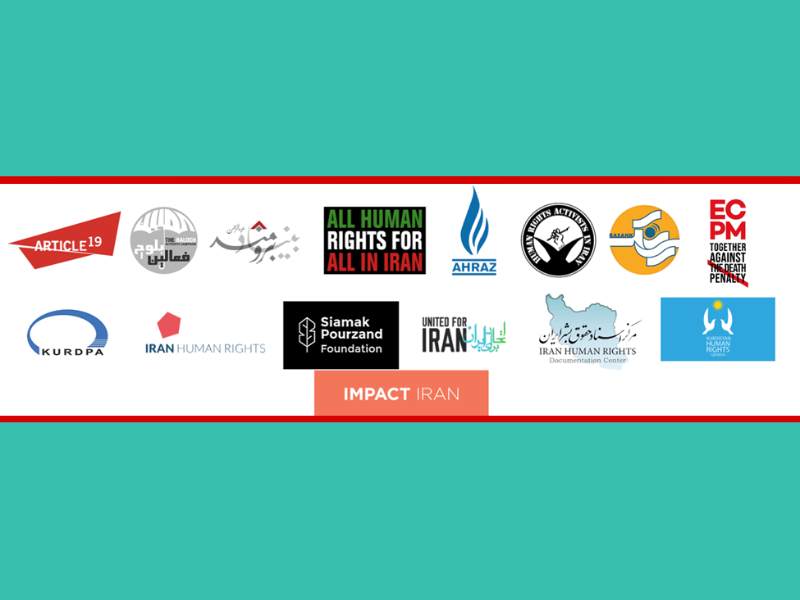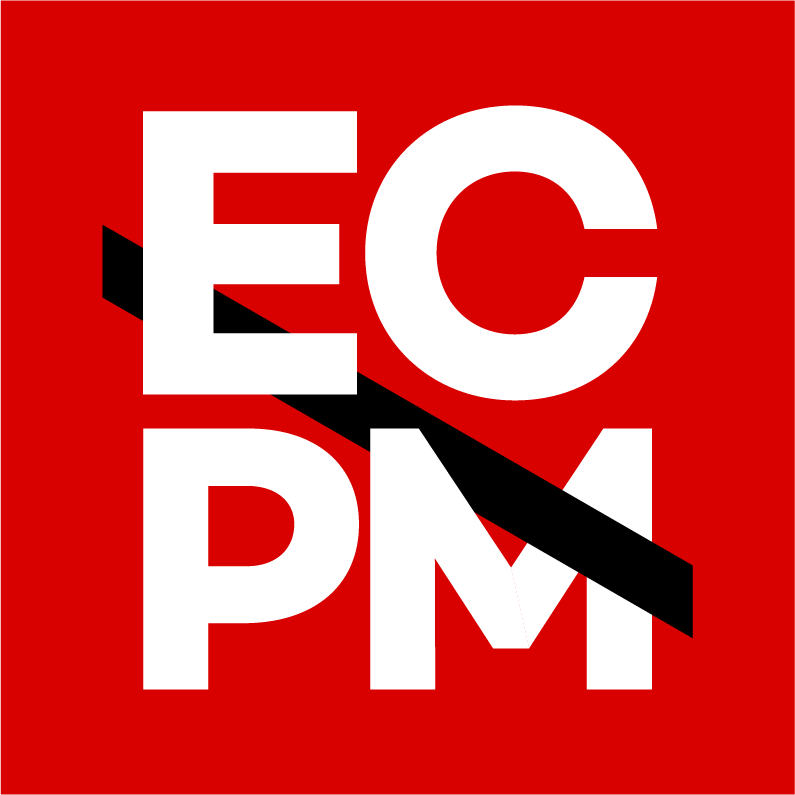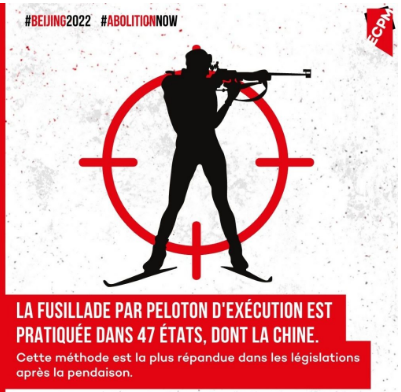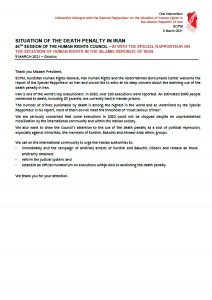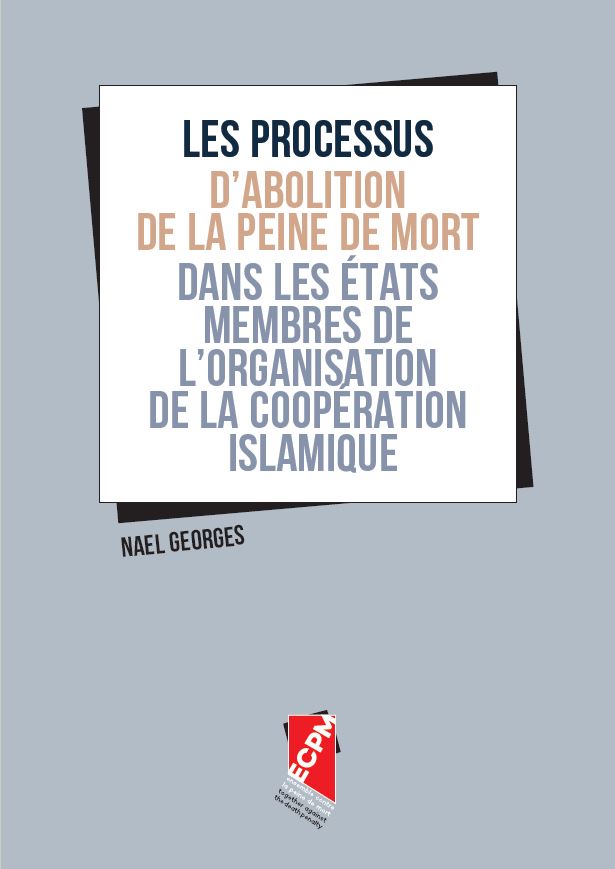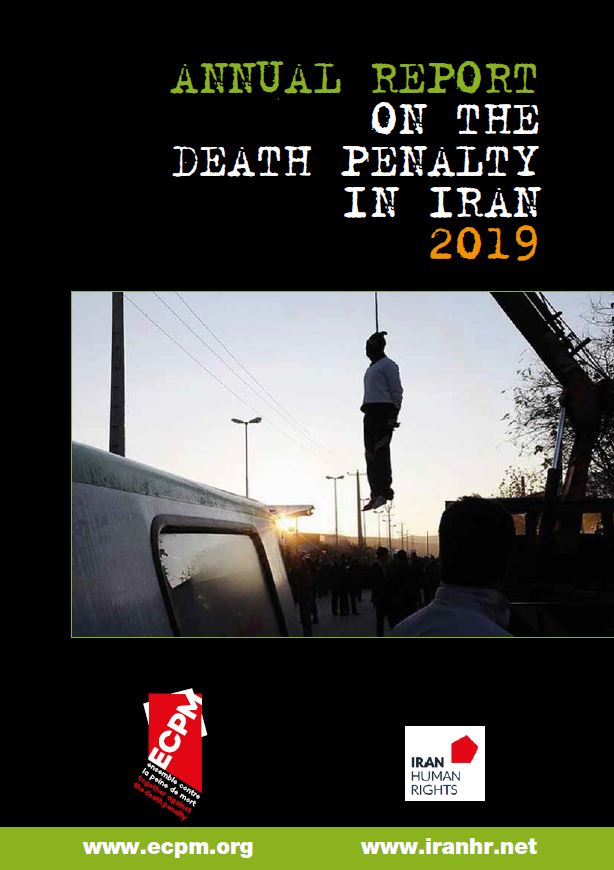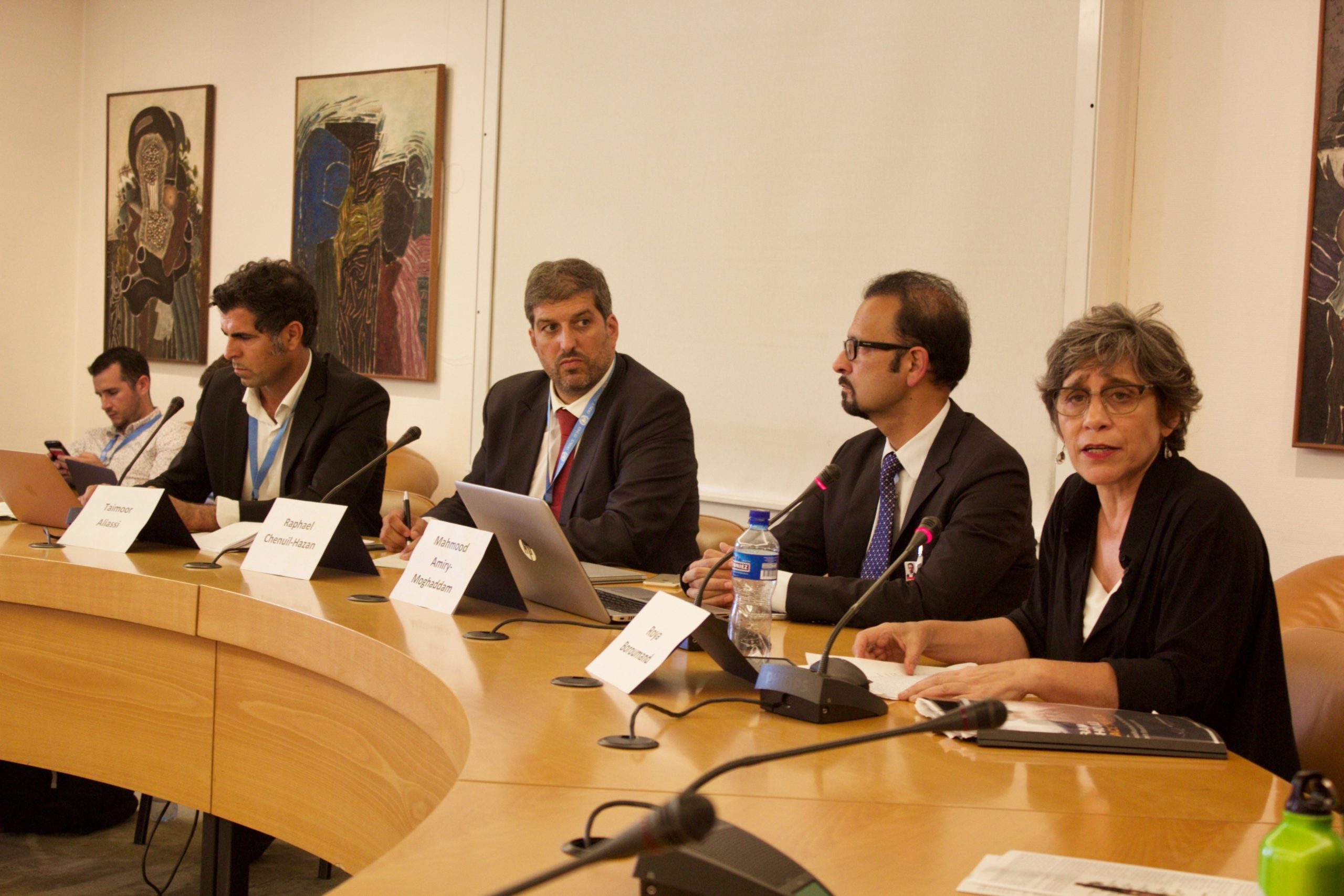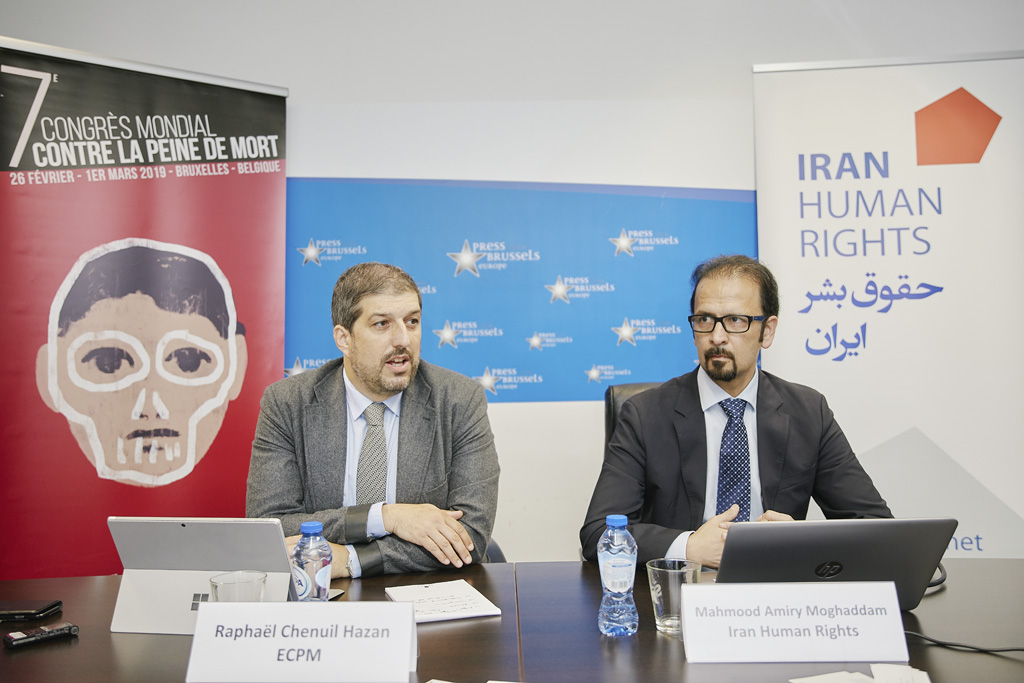Urgent context in the escalation of executions in Iran
On 16 September 2022, a 22-year-old Iranian woman named Mahsa Amini died in a Tehran hospital. Three days before, she had been arrested by the Iranian morality police for “wearing inappropriate clothing” and severely beaten, according to several witnesses present at the arrest. Born in the Iranian province of Kurdistan, she was on holiday in Tehran at the time of her arrest and was about to pursue university studies in the province of West Azerbaijan. As soon as her death was announced, demonstrations against the regime took place and continued for the following weeks, not only in Iranian Kurdistan, but also in Tehran and Mashhad and then throughout the country. On 30 September, more than 66 people were killed in Zahedan by the security forces who fired live ammunition to suppress a demonstration. Several children were hit. This day has since been considered as “Bloody Friday” by the Iranians. On 12 November 2022, a court in Tehran handed down the first death sentence to a man for taking part in the protests.
ECPM was among the first to warn of the risk of escalation in the use of the death penalty. 2022 was already marked by a very significant increase in the number of executions. In 2023, at least 834 people sentenced to death, including 8 protesters, were executed, an increase of 43% compared to 2022. The year 2024 saw an appalling escalation in the application of the death penalty by the Islamic Republic: at least 975 executions took place, including a minimum of at least 31 women and 2 protesters. This is the highest number of executions documented in the last 17 years, since Iran Human Rights began recording executions in 2008.
ECPM has been working with the iranian civil society since 2012
ECPM has a particular focus on Iran, the country that holds the record for the highest number of executions relative to its population. Since 2012, ECPM has been working closely with local NGOs to highlight discrimination linked to the use of the death penalty and to advocate for improvements in respect for human rights. Each year, a report on the death penalty in Iran is published and widely disseminated. It provides an assessment and analysis of the evolution of the situation in this country, where it is particularly difficult to obtain information from the authorities. As a reliable information and advocacy tool, the report has contributed over the years to positive developments in Iran: although executions continue unabated, stoning was, for example, suspended in 2011, and the death penalty was abolished for the majority of drug-related offences in 2017.
By supporting the work of civil society (diaspora networks and actors) and conducting advocacy in regional and international bodies, ECPM encourages Iran to gradually move towards greater respect for human rights and therefore abolition: for example, through greater transparency, compliance with international minimum standards on the use of the death penalty, reducing its scope of application, or limiting its use to the most serious crimes.
The encouraging reforms seen in recent years are creating a momentum that can be harnessed to bring about major changes in the use of the death penalty in Iran and the legal and procedural framework underpinning it. This is the objective of Impact Iran, a network uniting ECPM and sixteen other NGOs: by conducting essential advocacy for the renewal of the mandate of the Special Rapporteur on Iran (drafting letters, co-signing letters, holding specific meetings with diplomatic missions and members of the OHCHR), as well as for the inclusion of recommendations on the death penalty in the Special Rapporteur’s annual report, the network brings the abolitionist cause to the country, but also to the European Parliament and the United Nations Human Rights Council (HRC).
The death penalty situation in Iran remains alarming with a significant rise in executions these past years and an increasing number of Iranian women being executed. Another disturbing finding documented in our latest report: the number of drug-related executions has increased dramatically, with a total of 503 people executed for drug-related offences in 2024, compared with 471 in 2023, 256 in 2022 and 126 in 2021.
